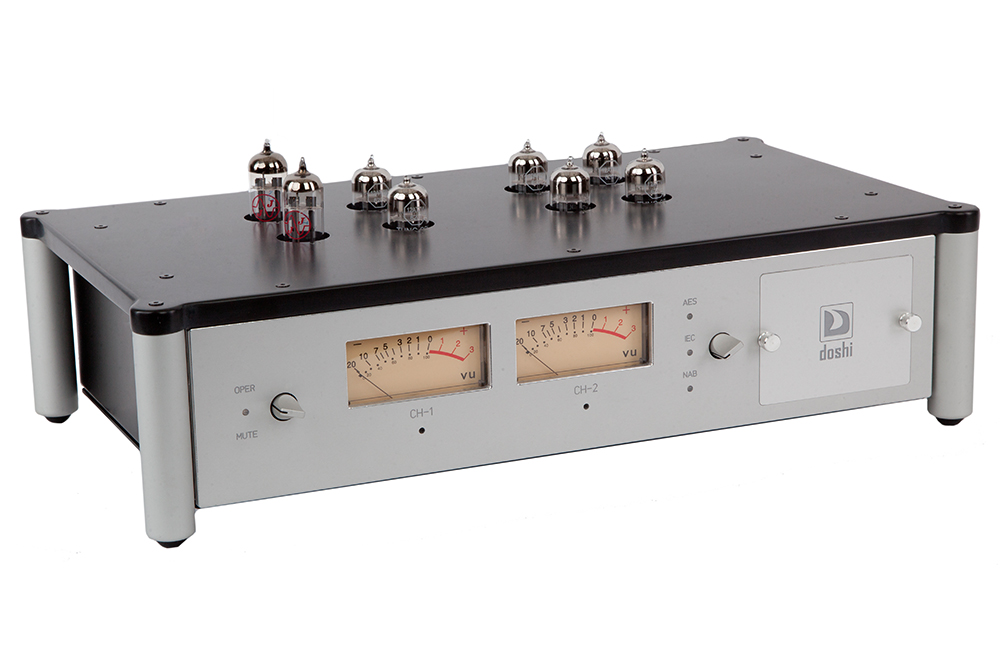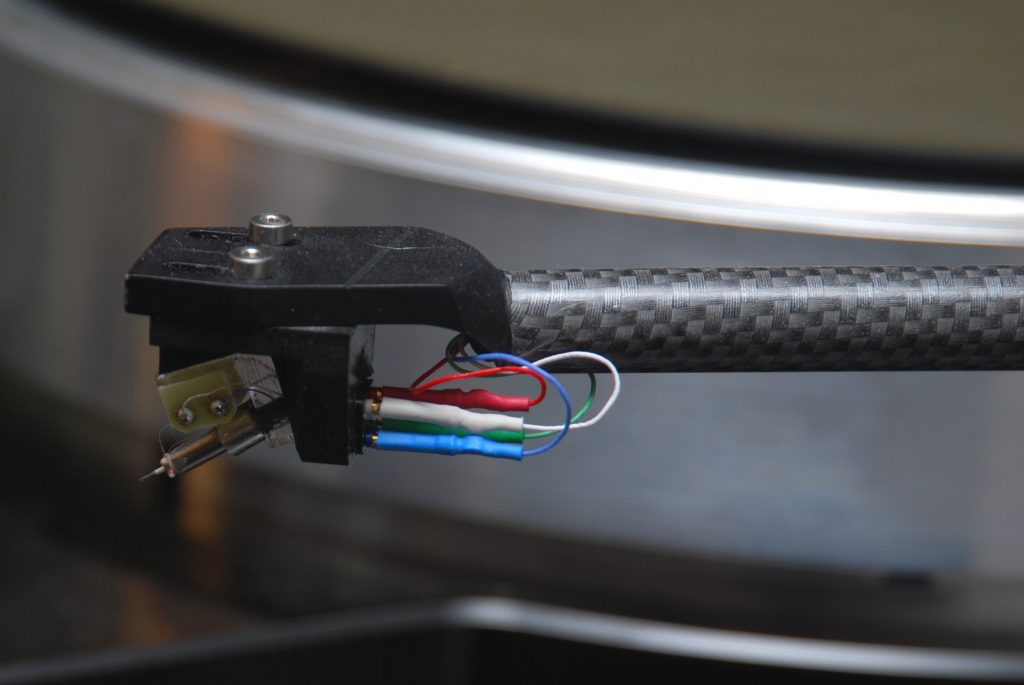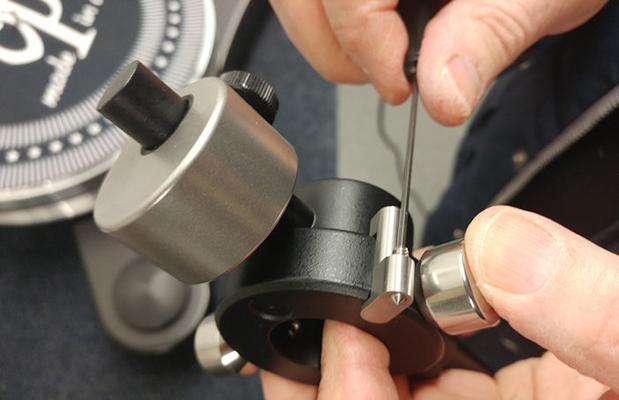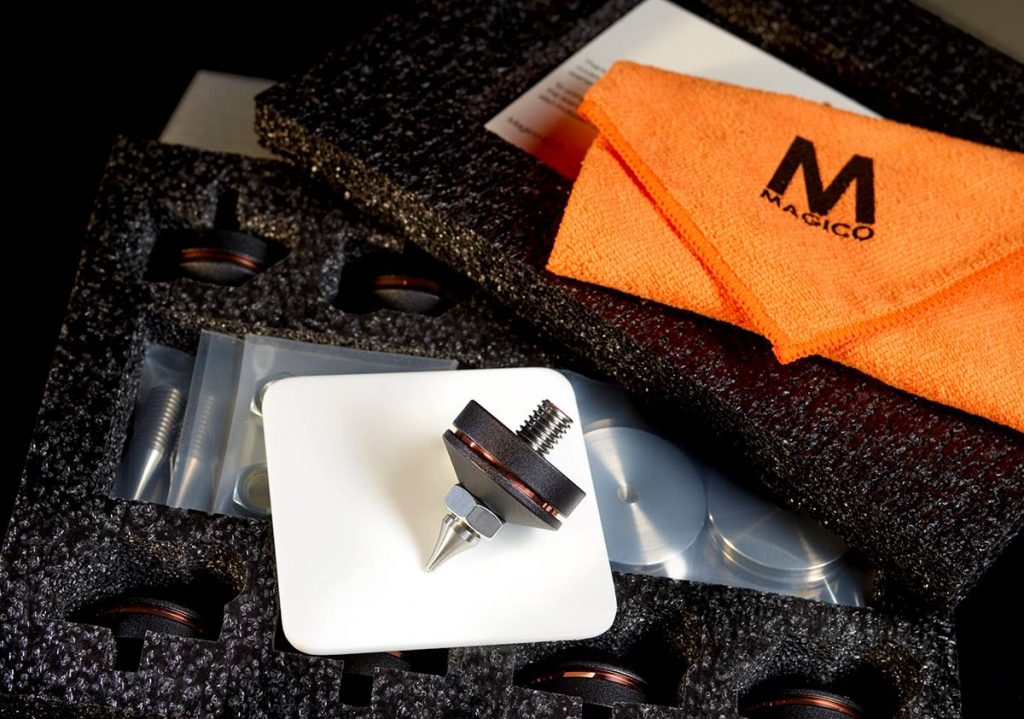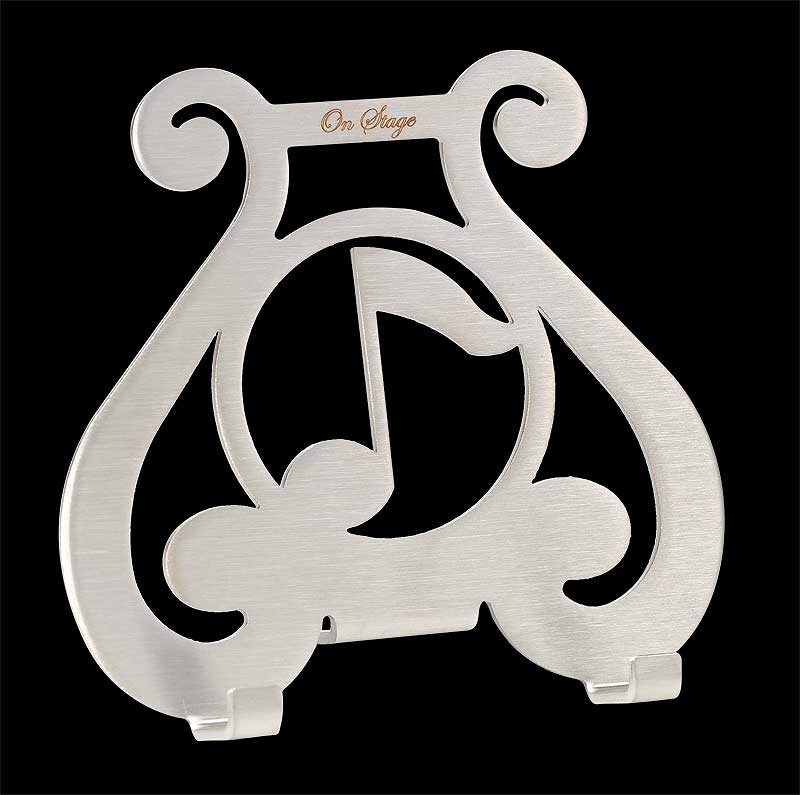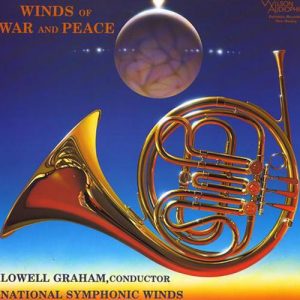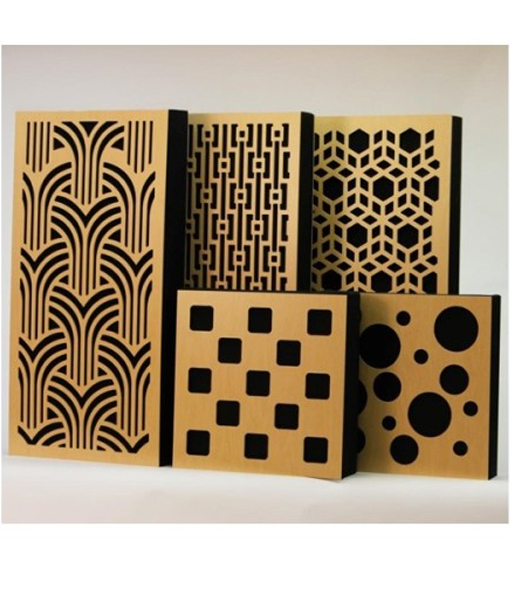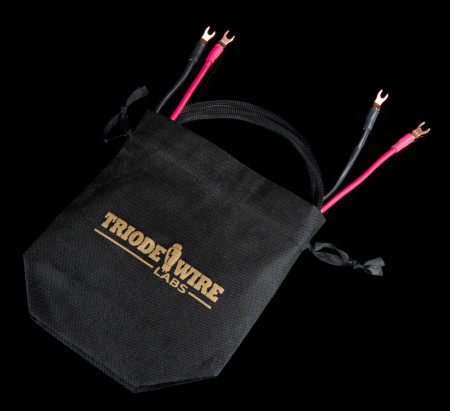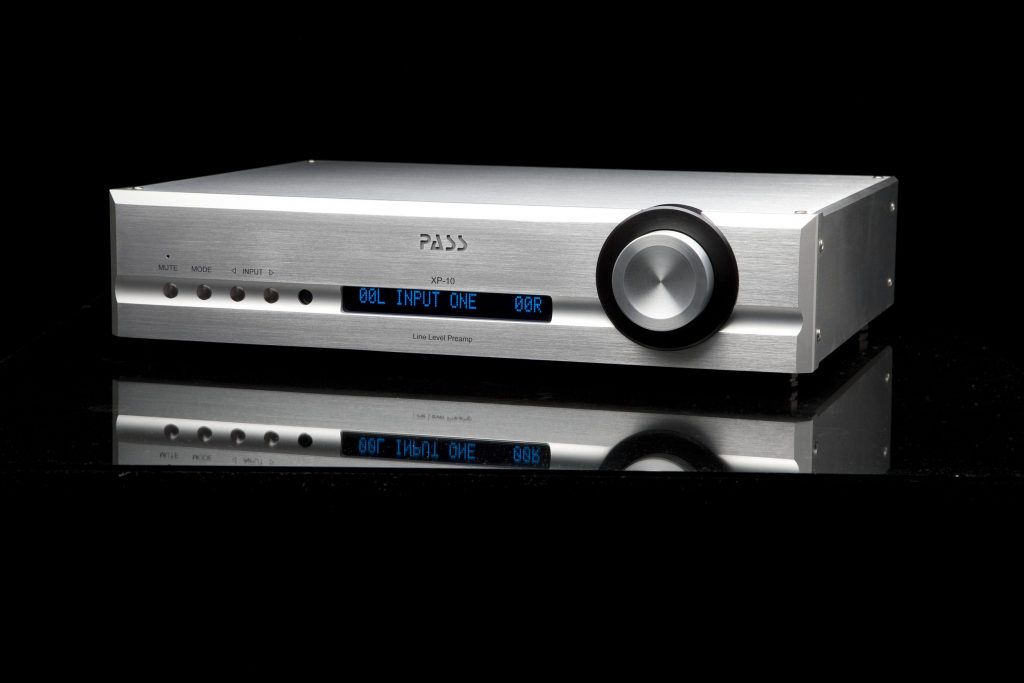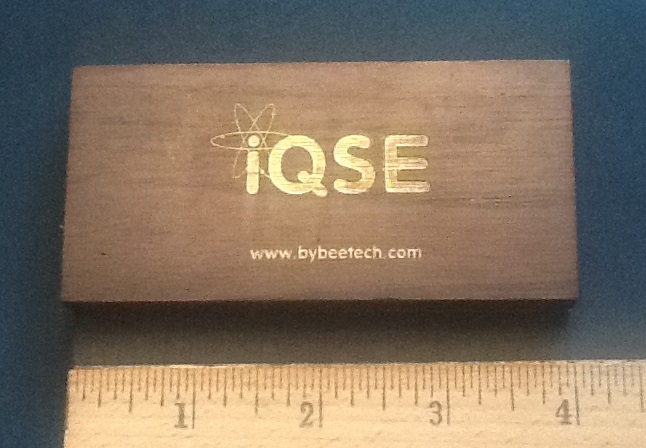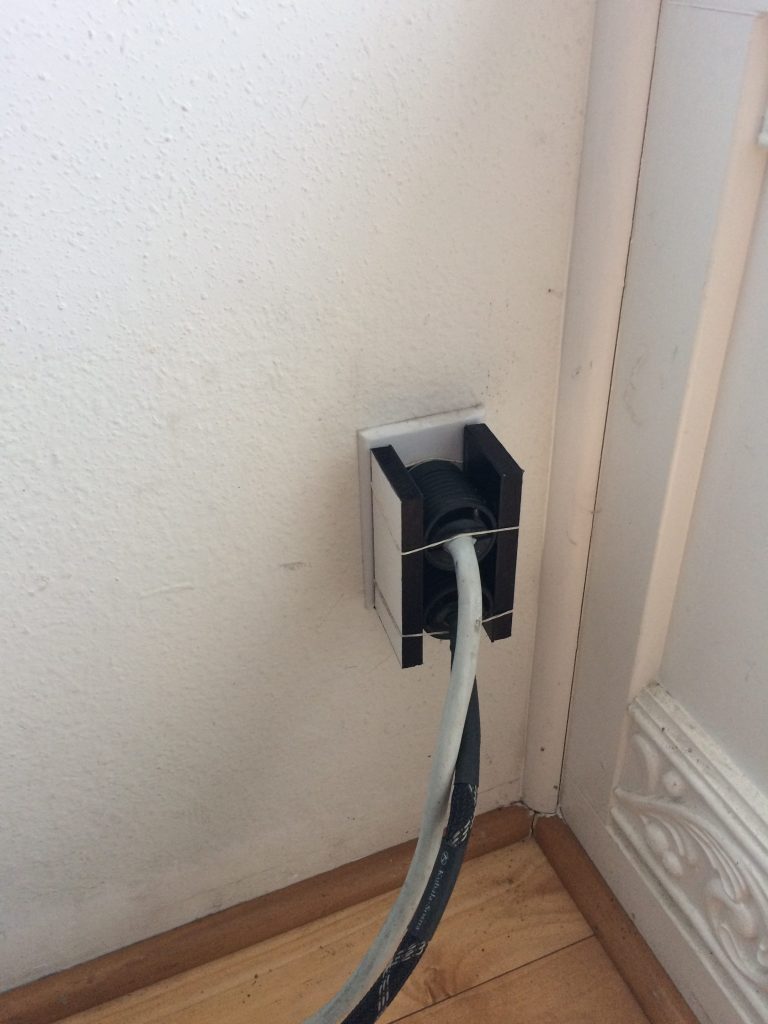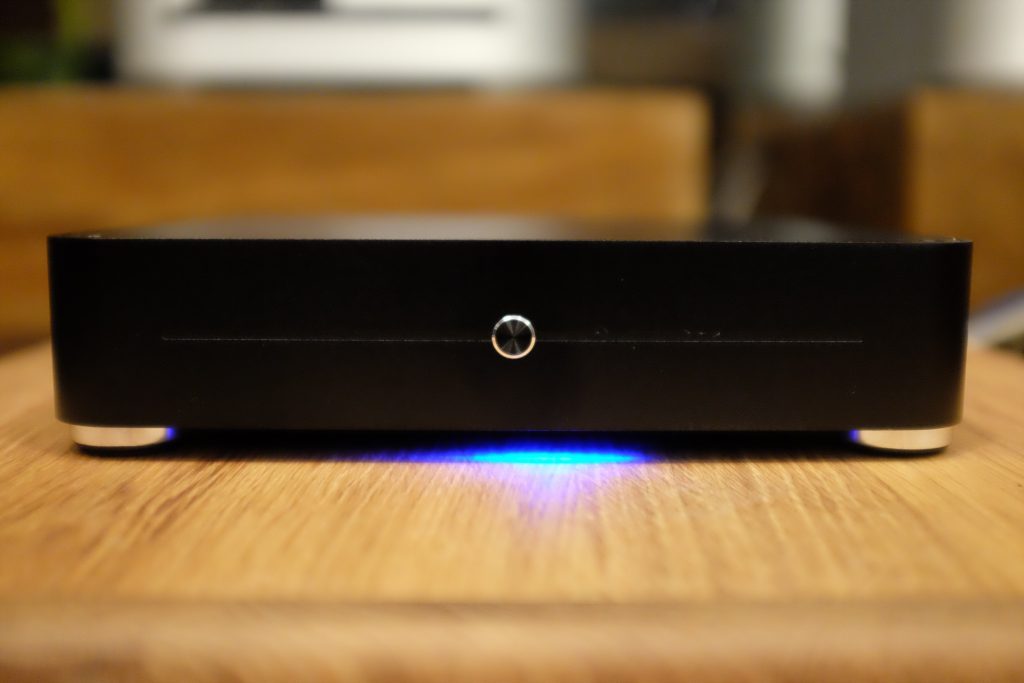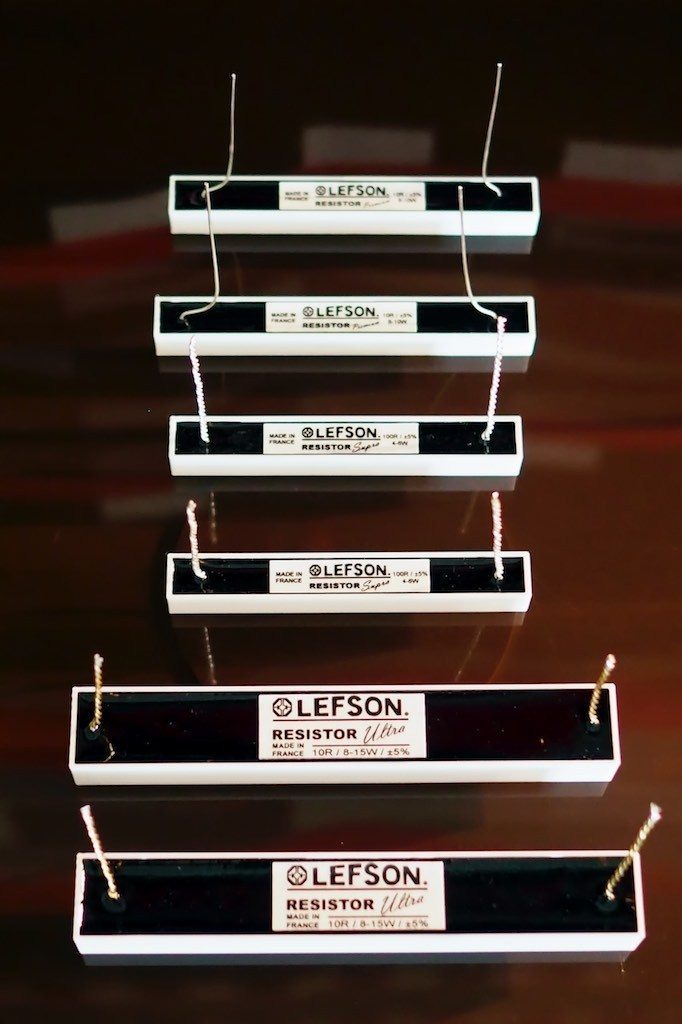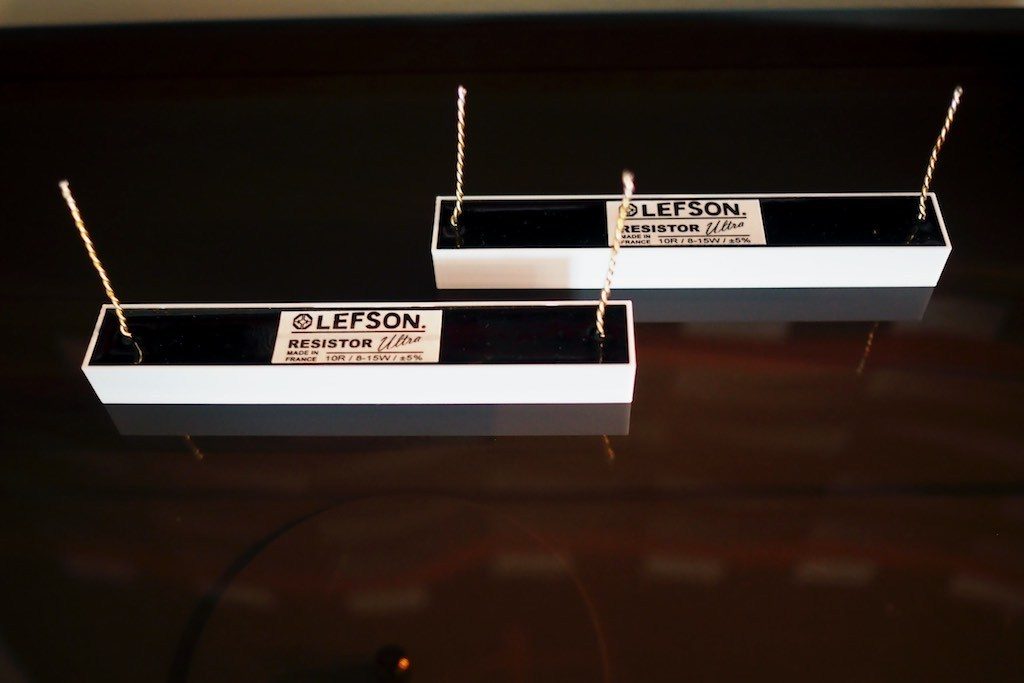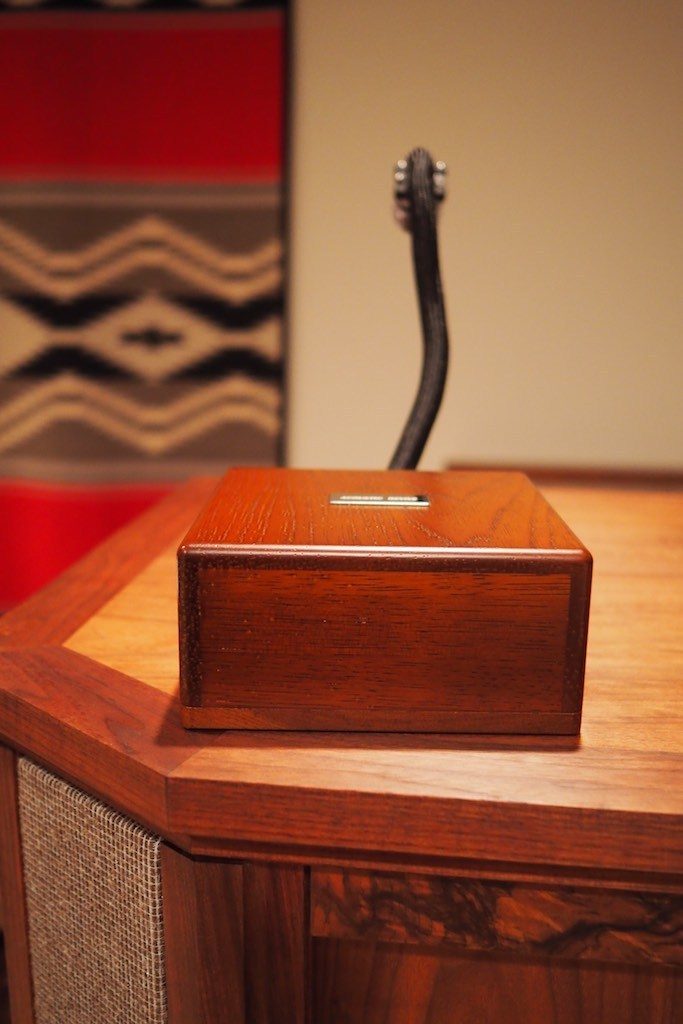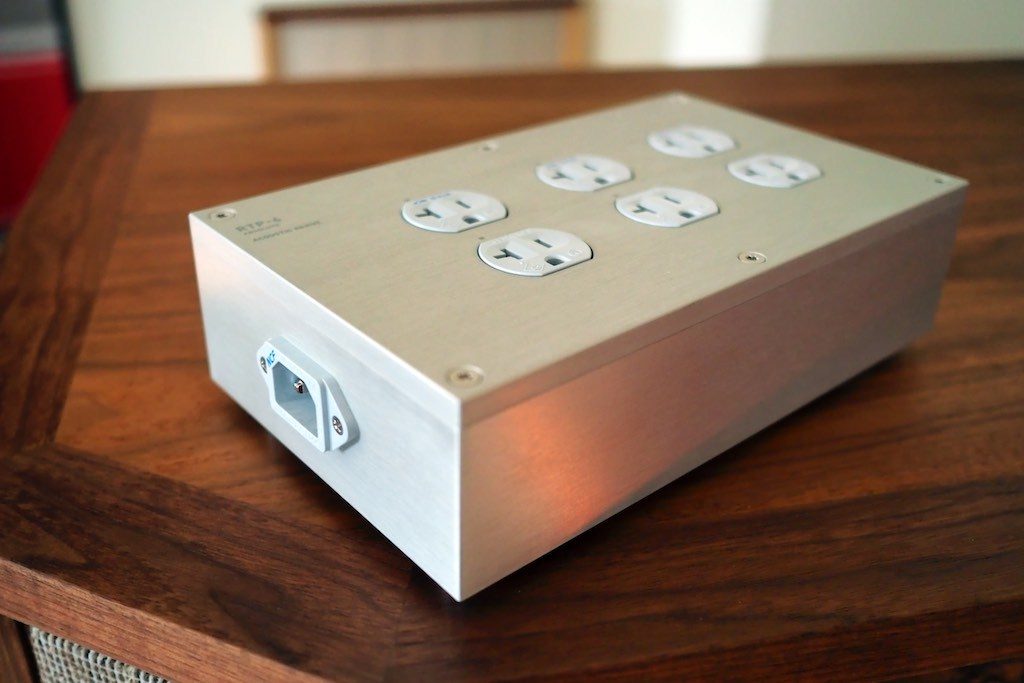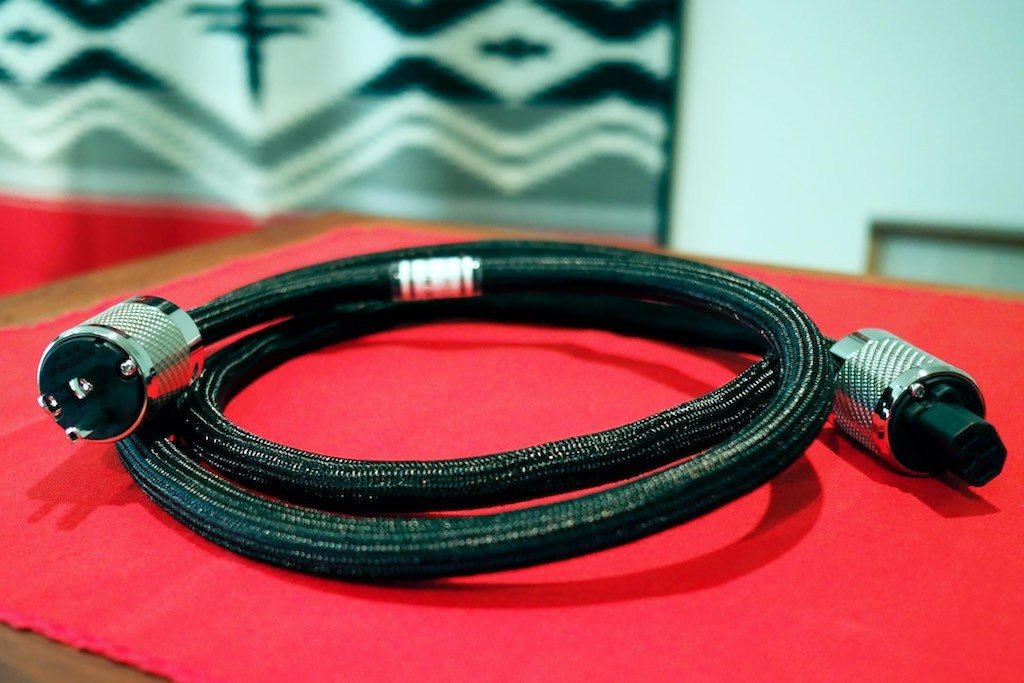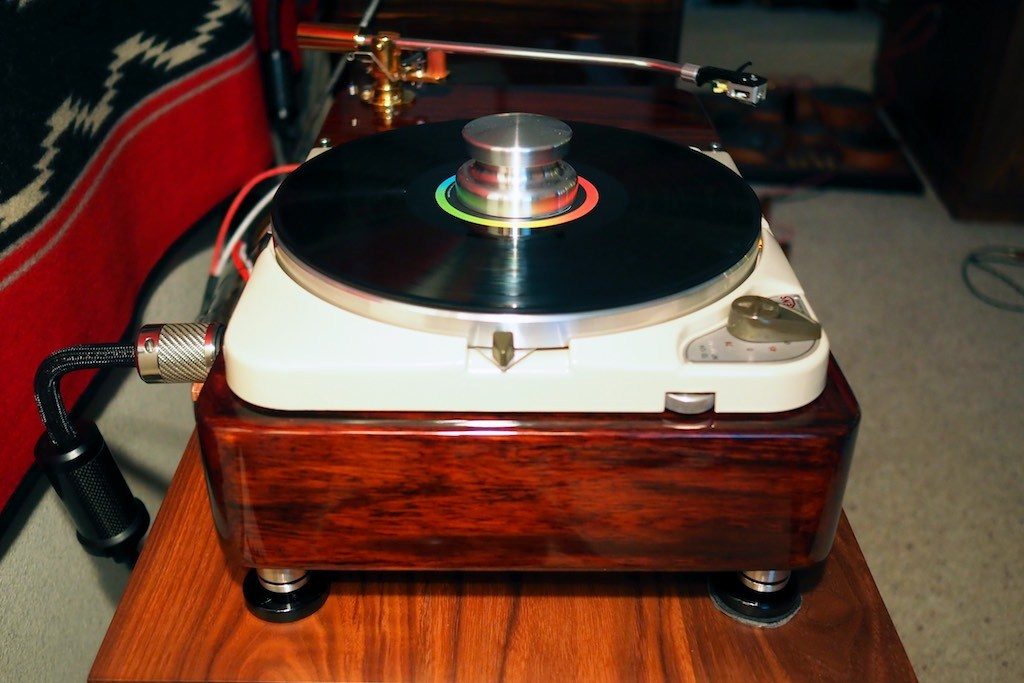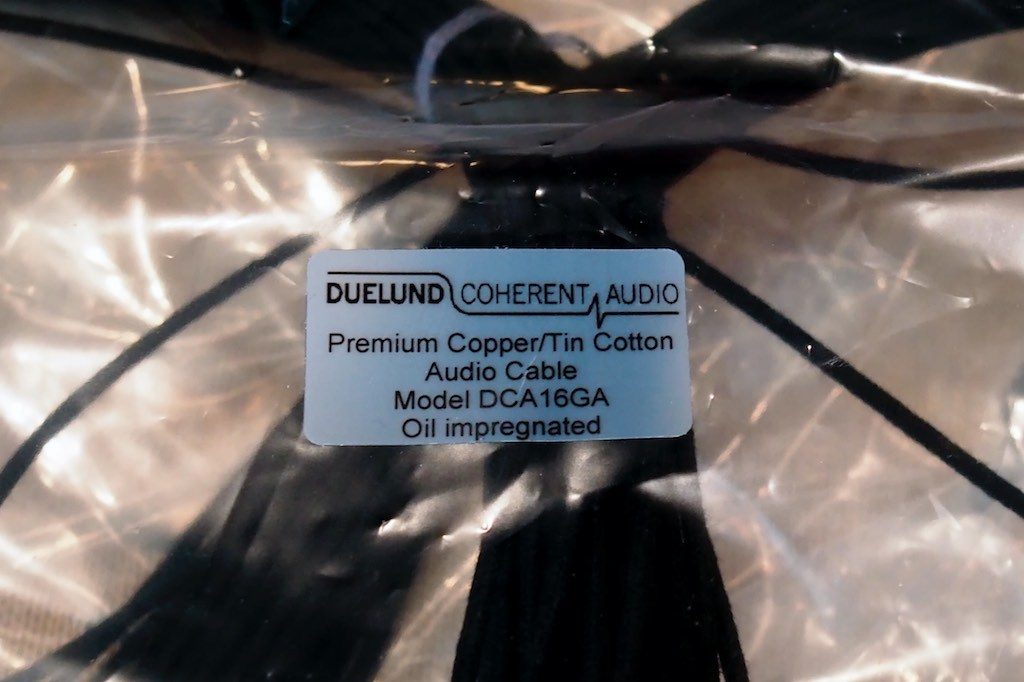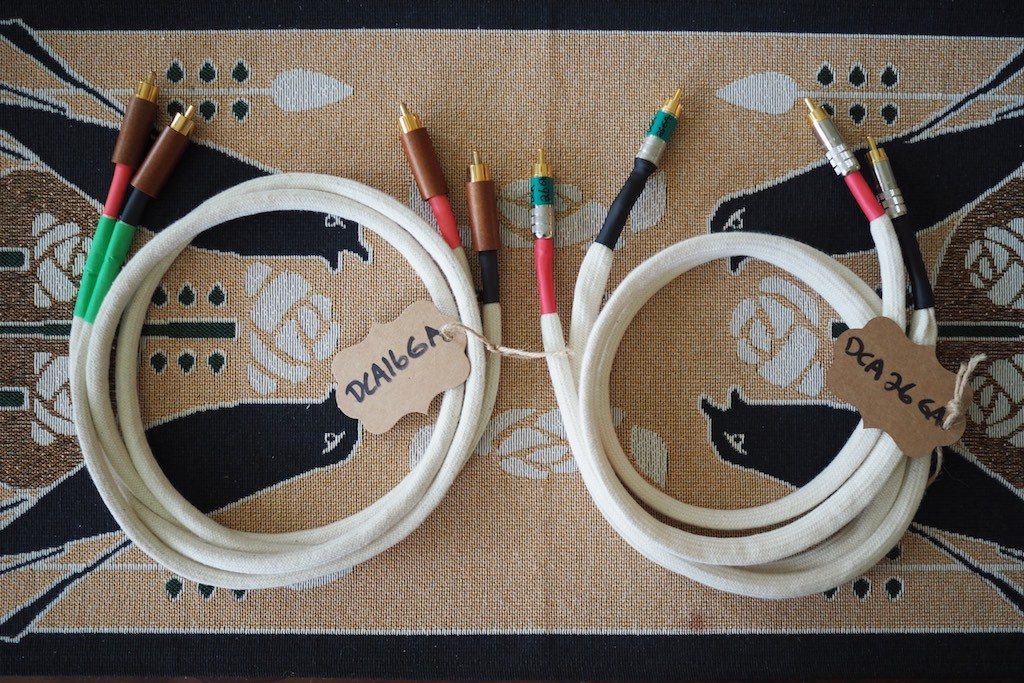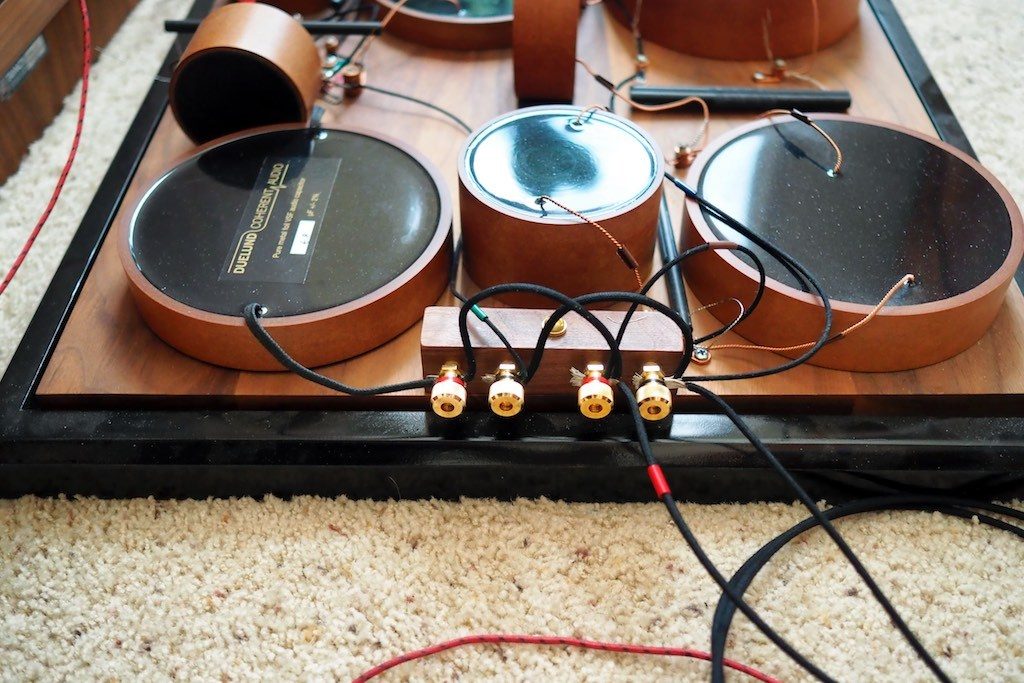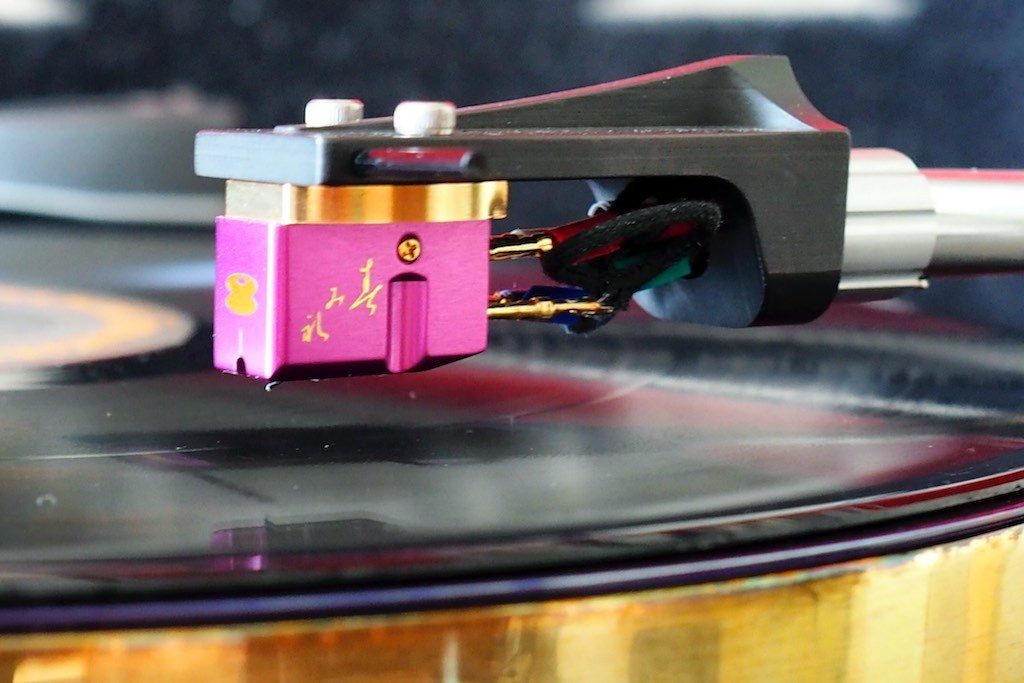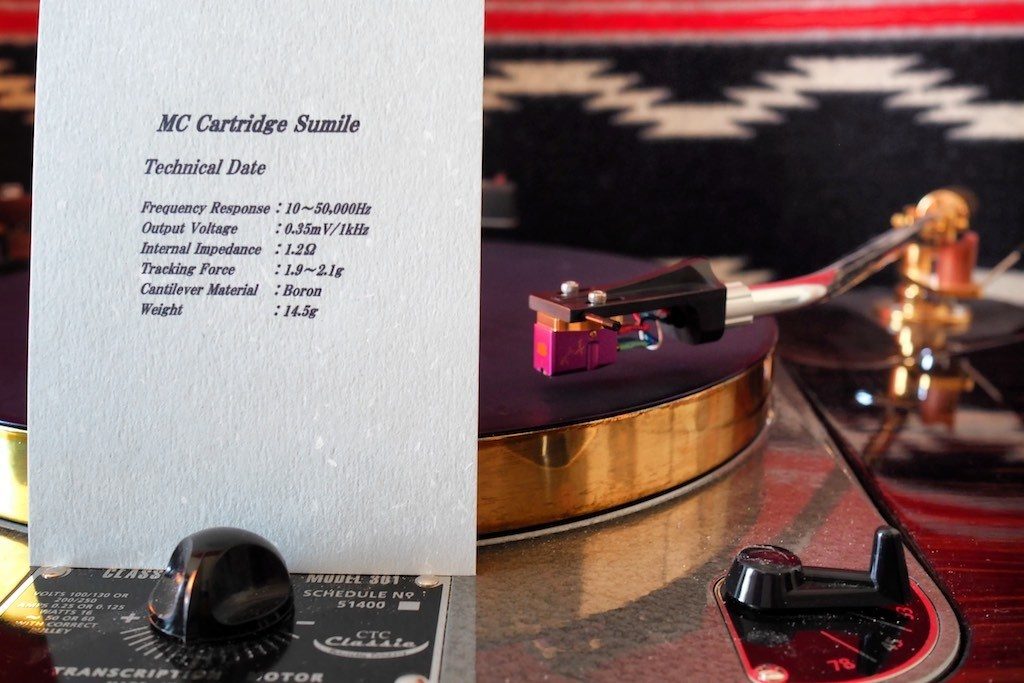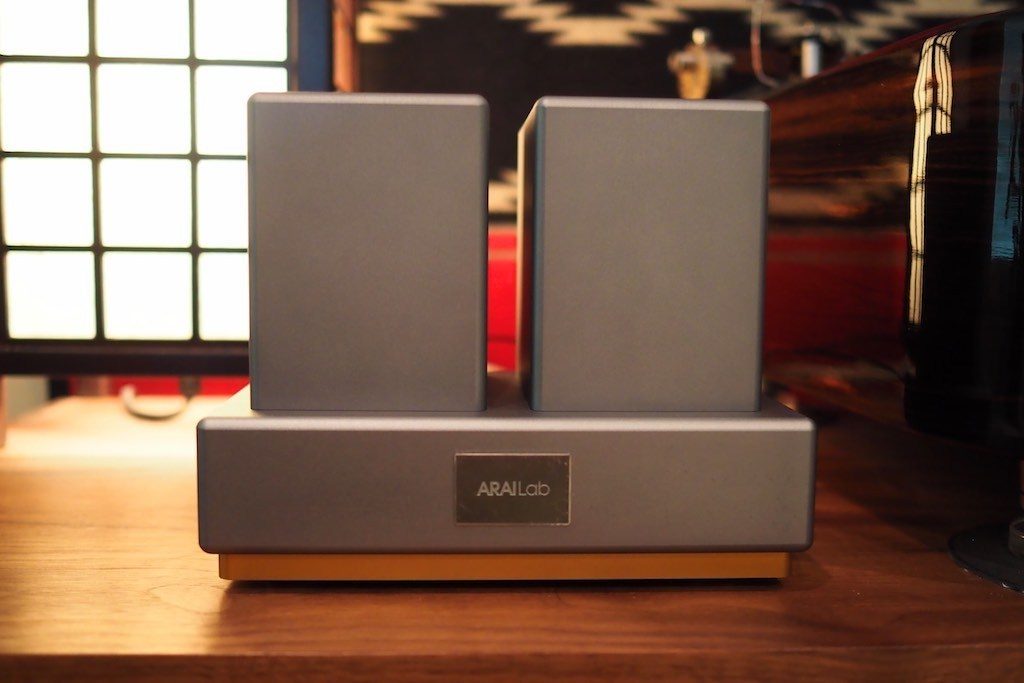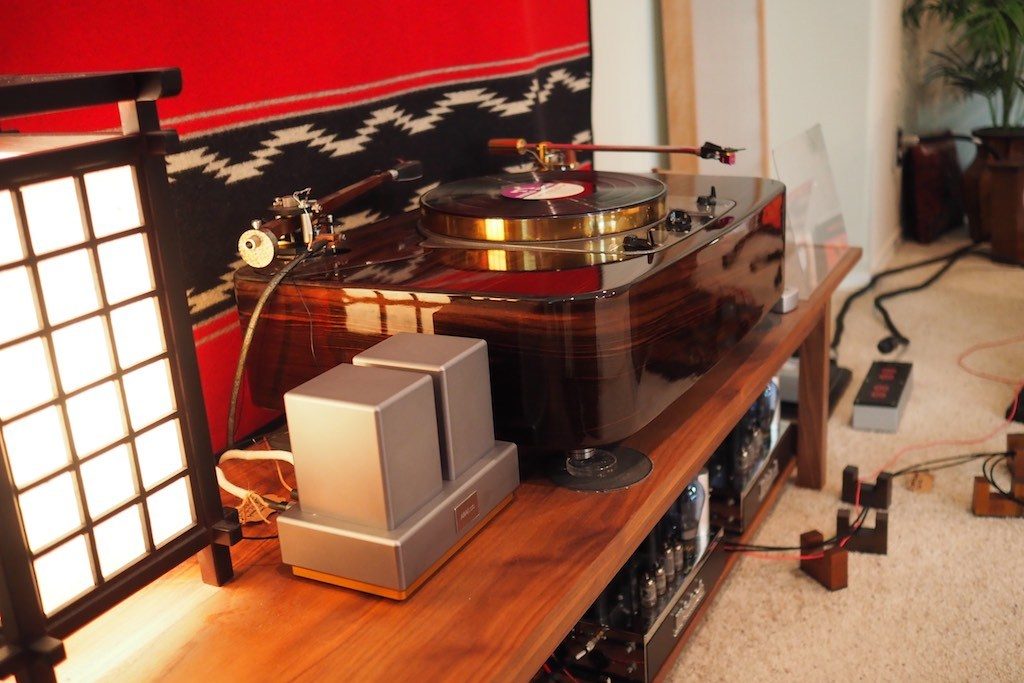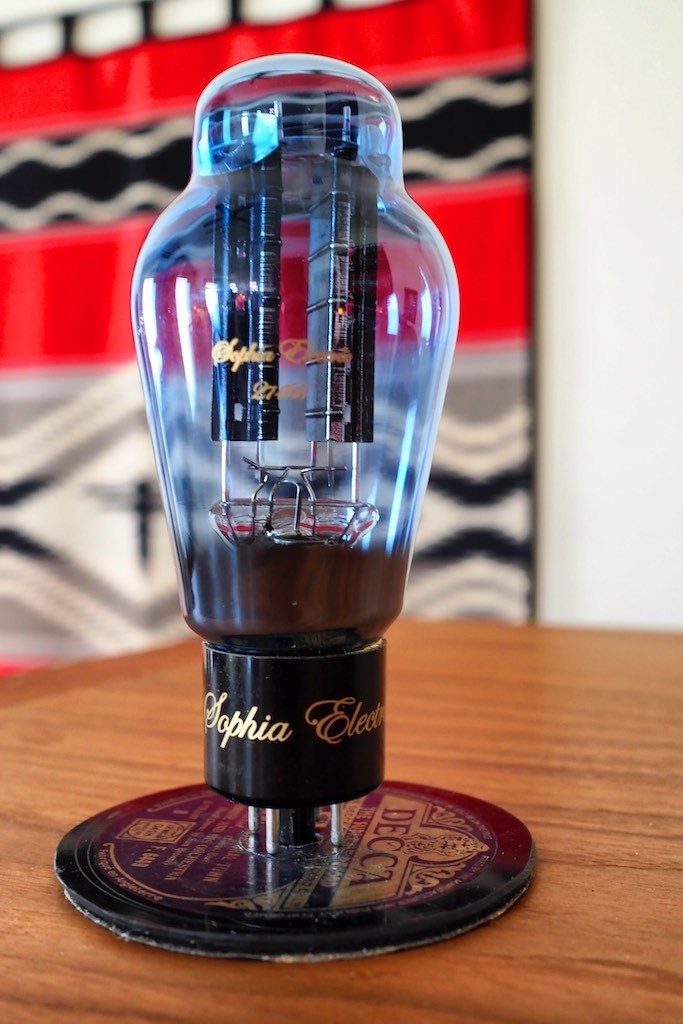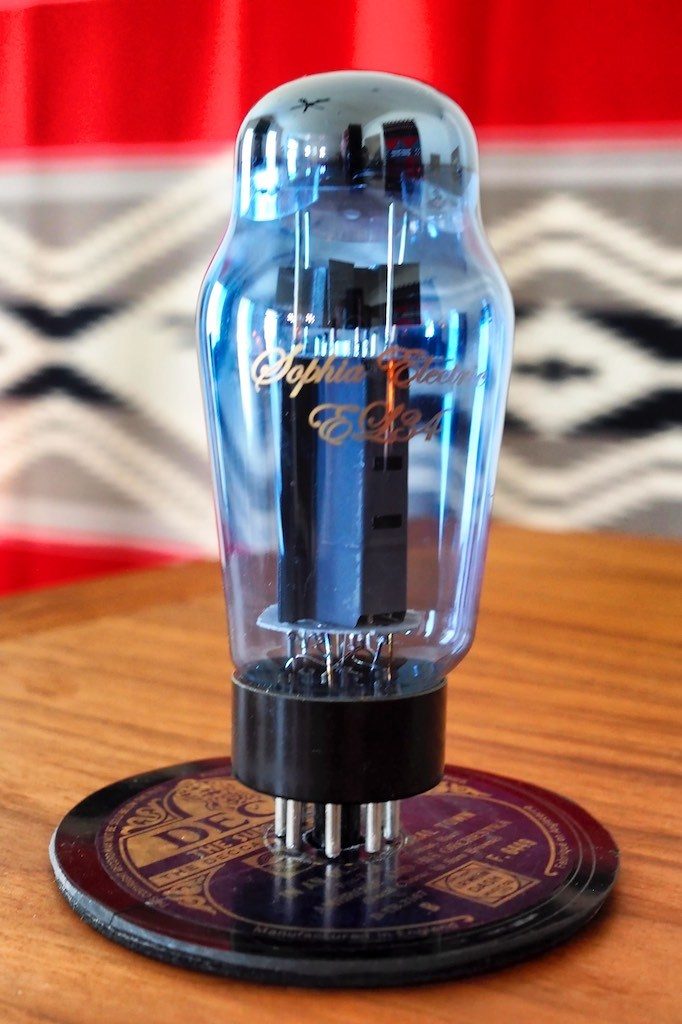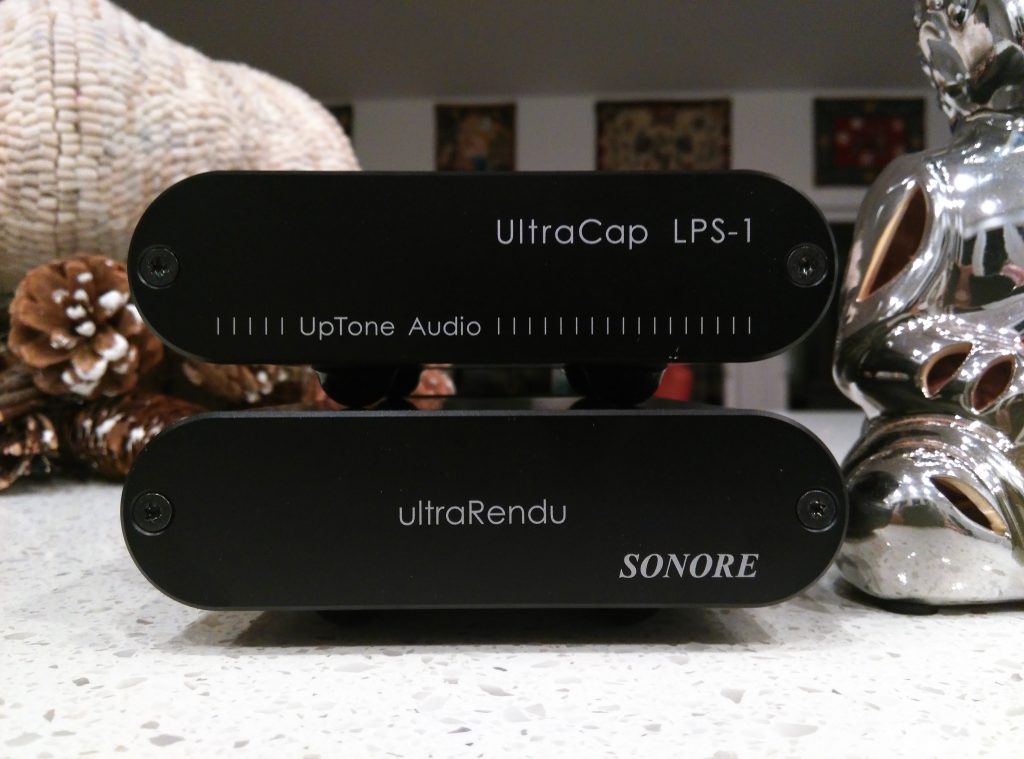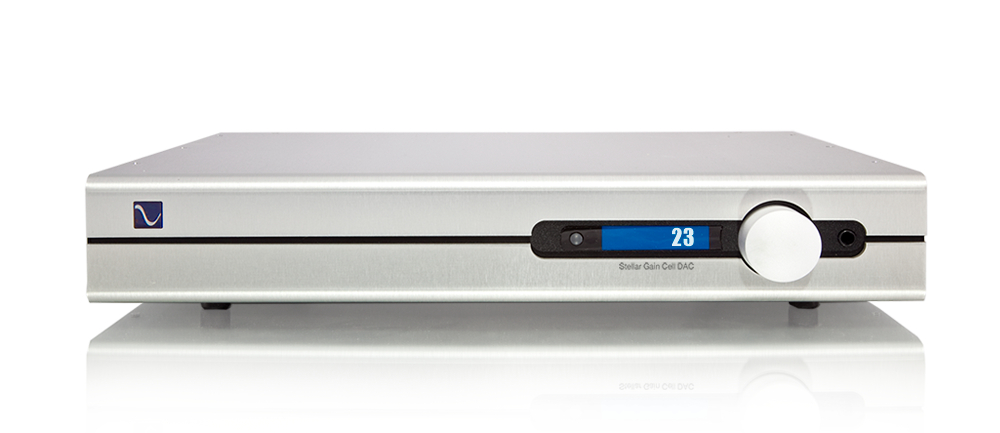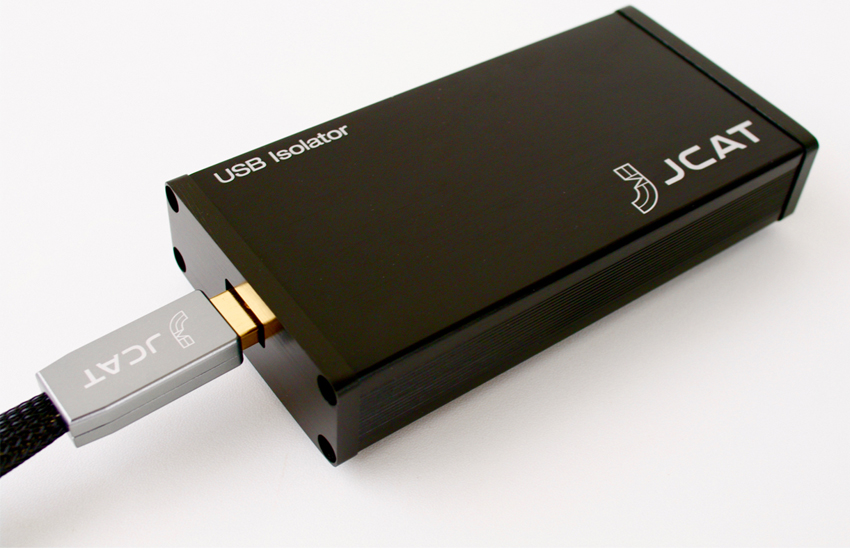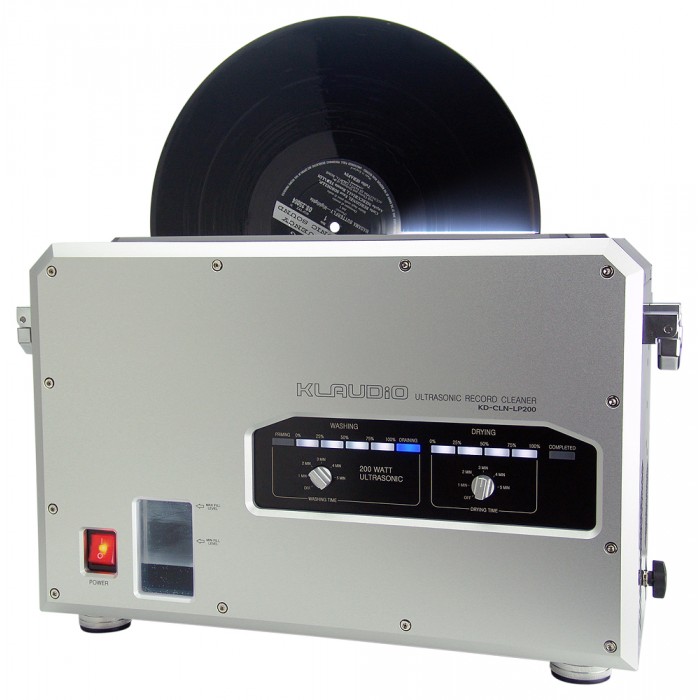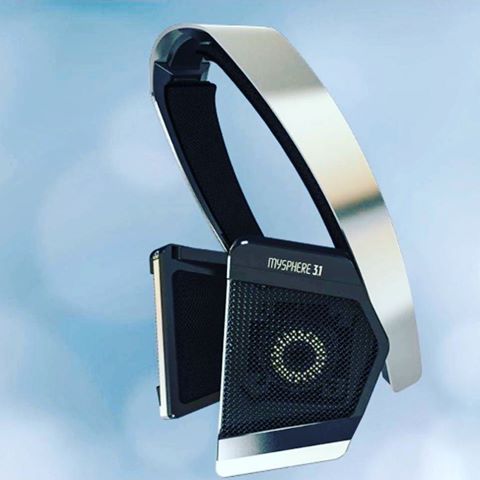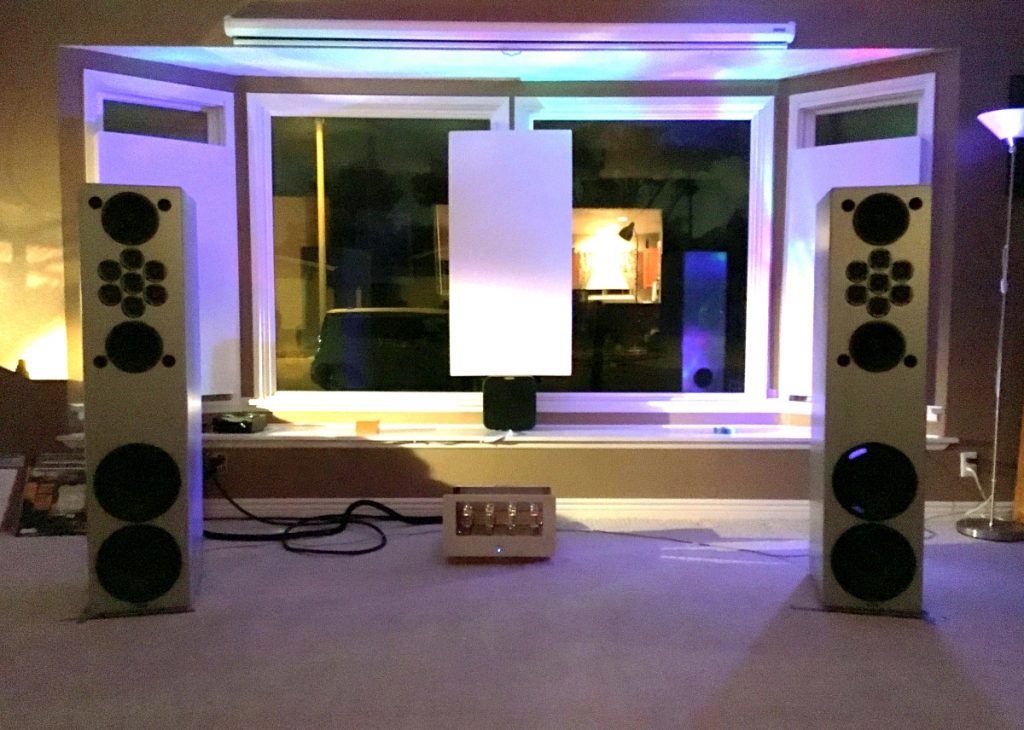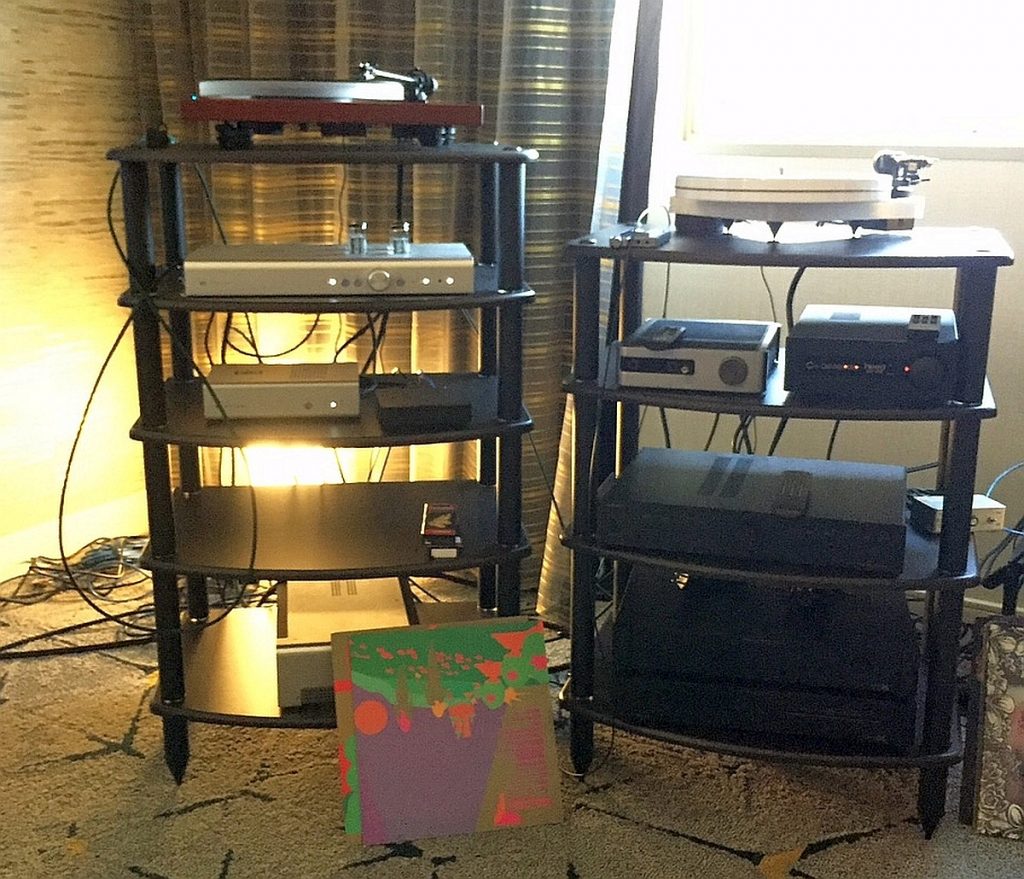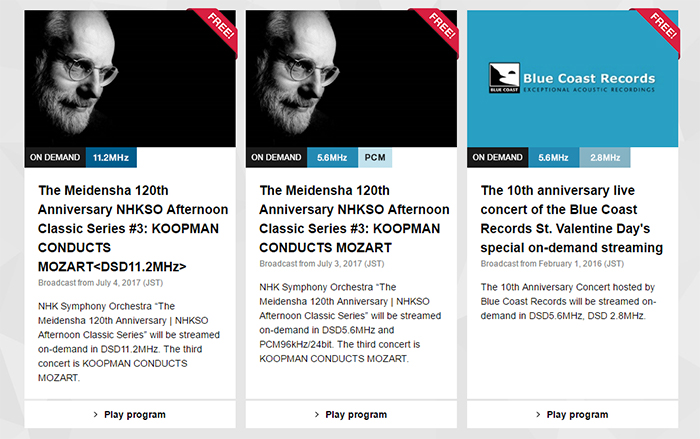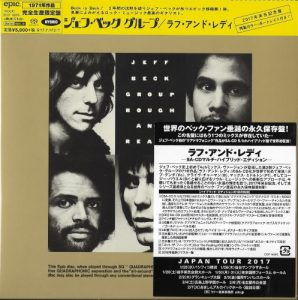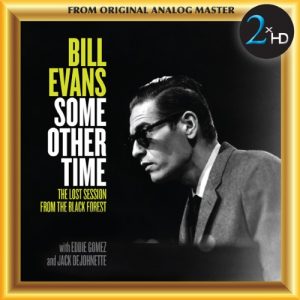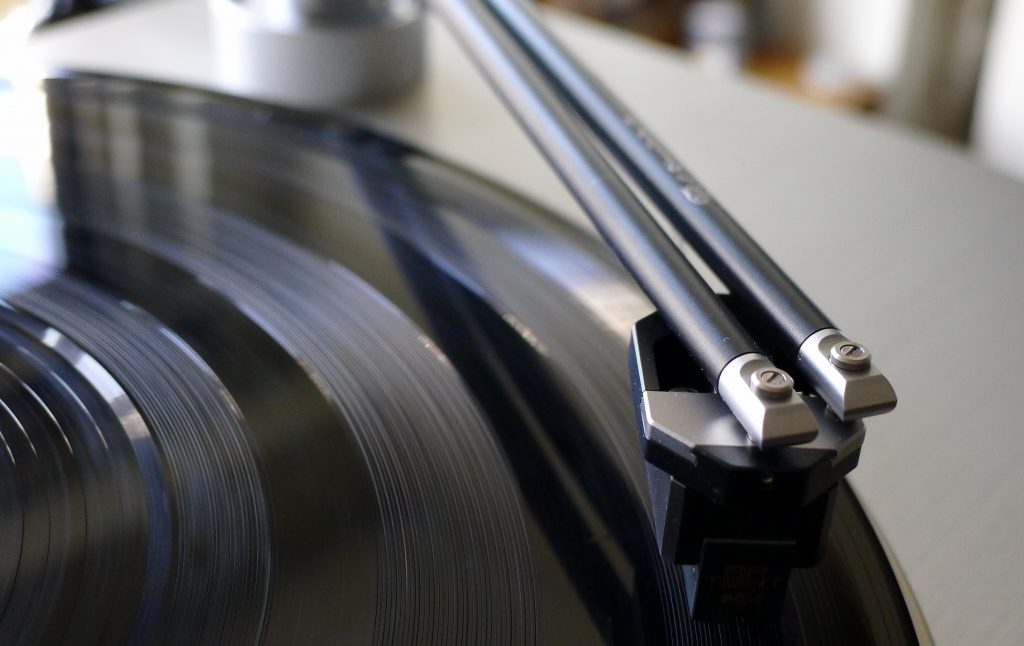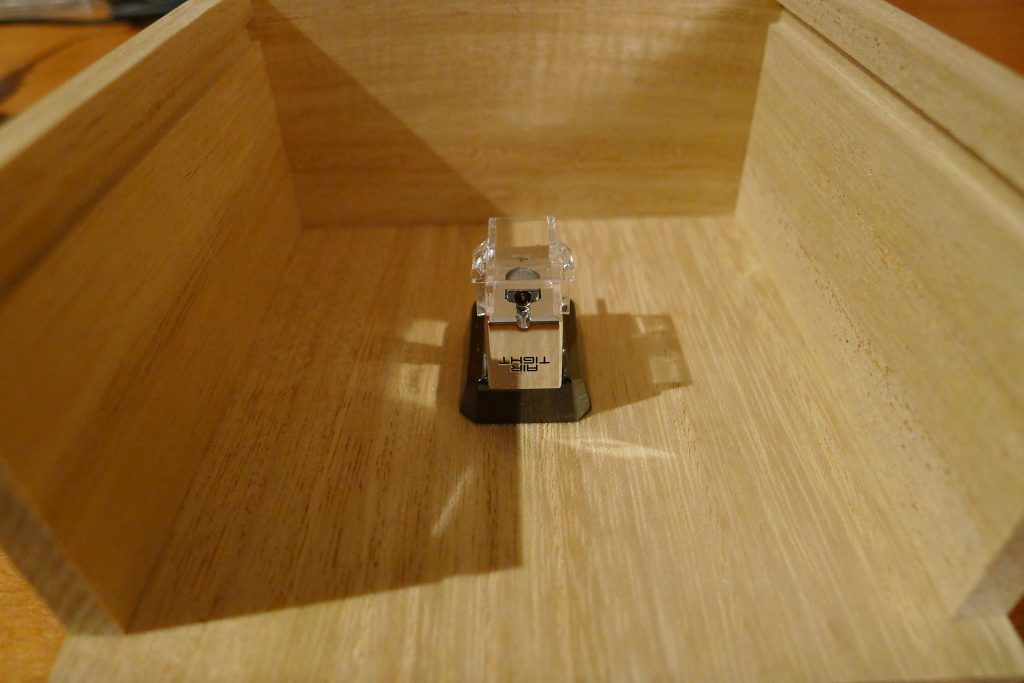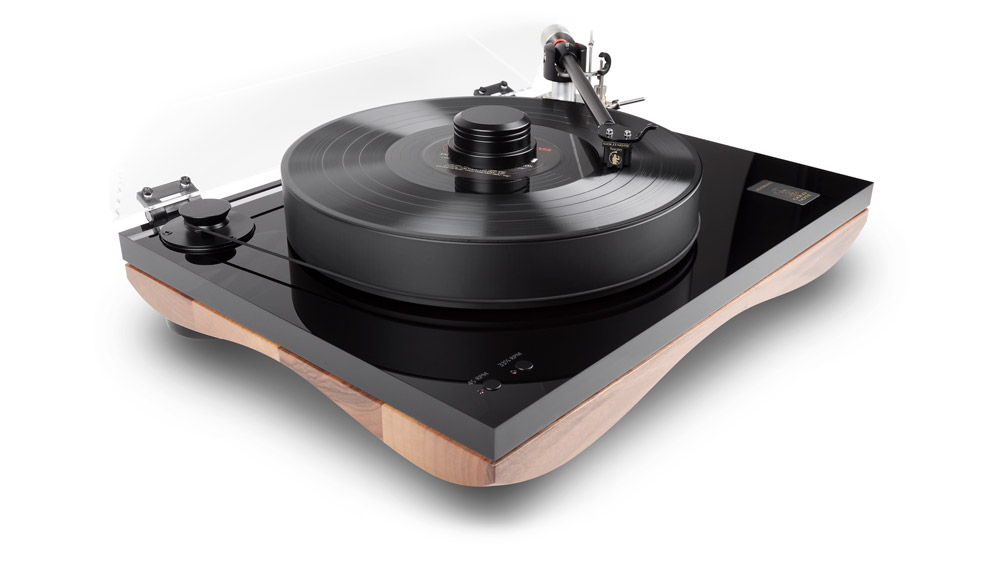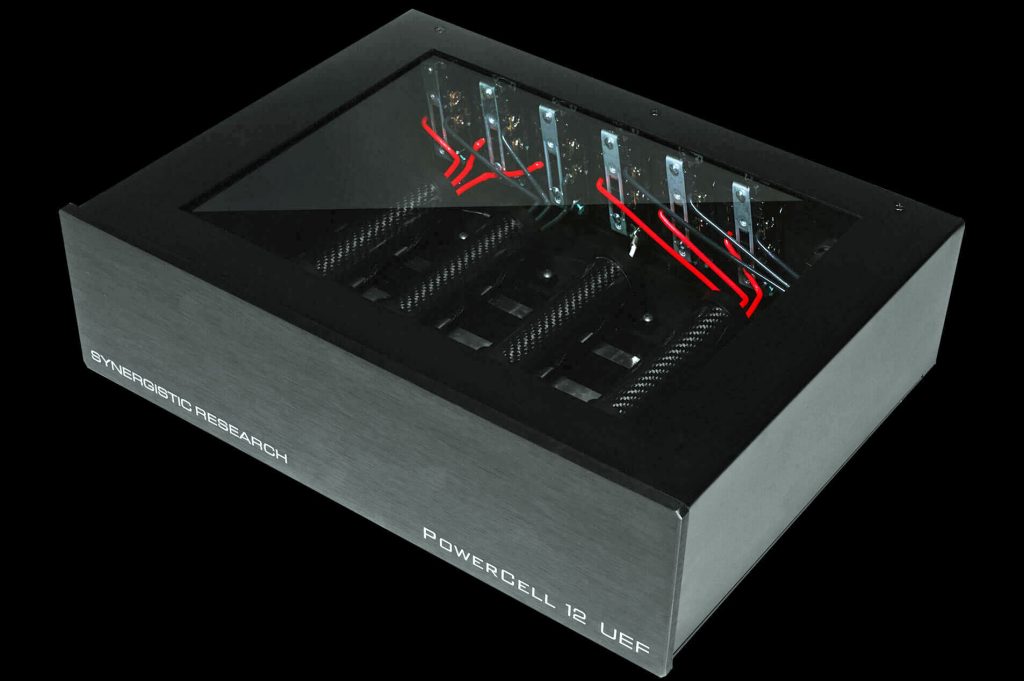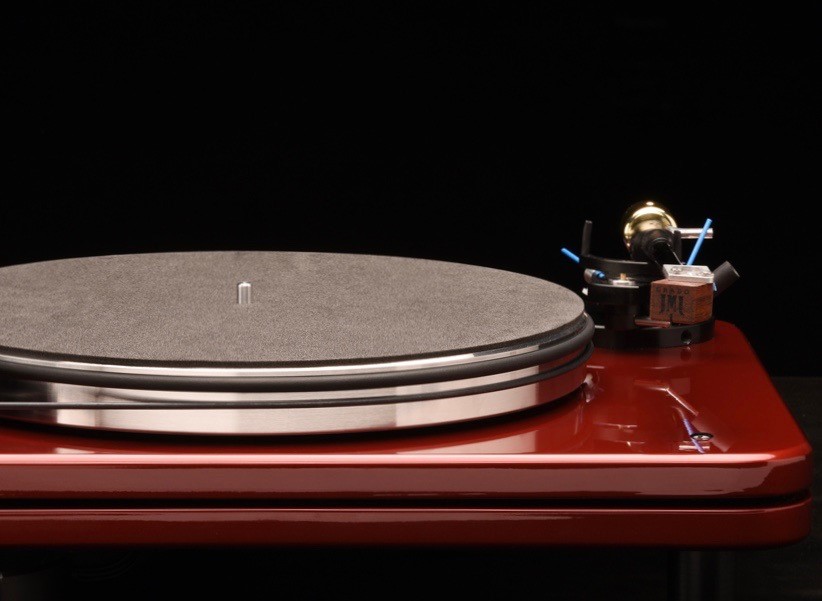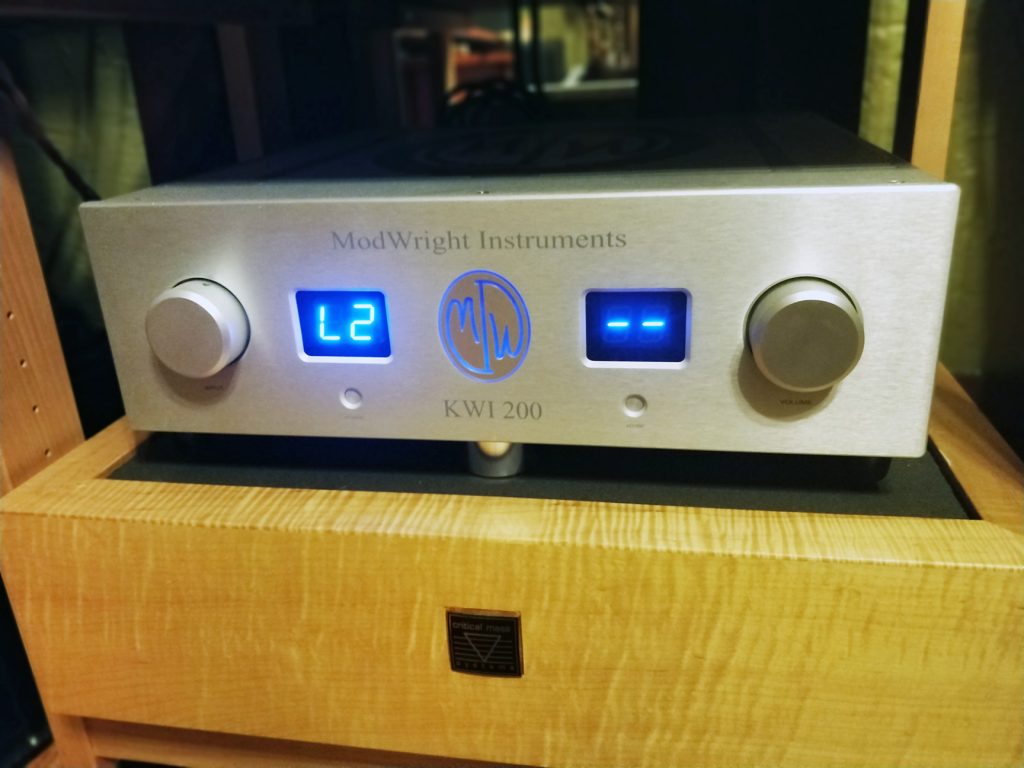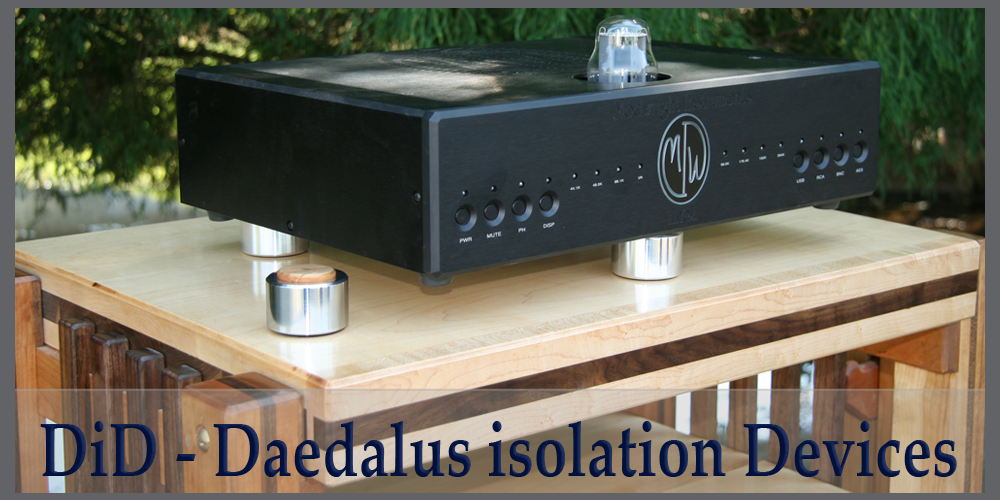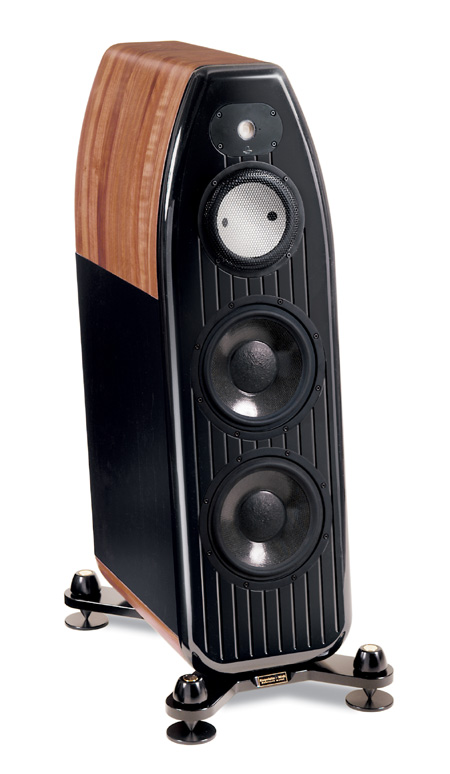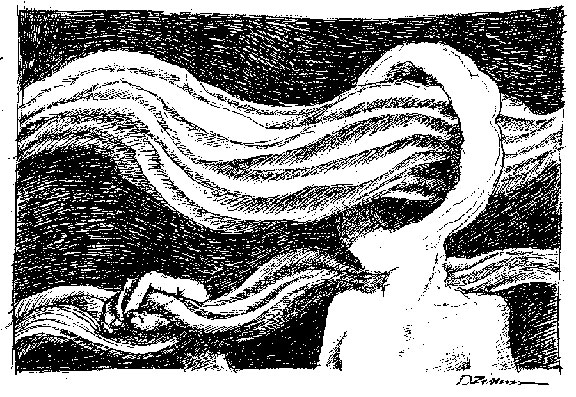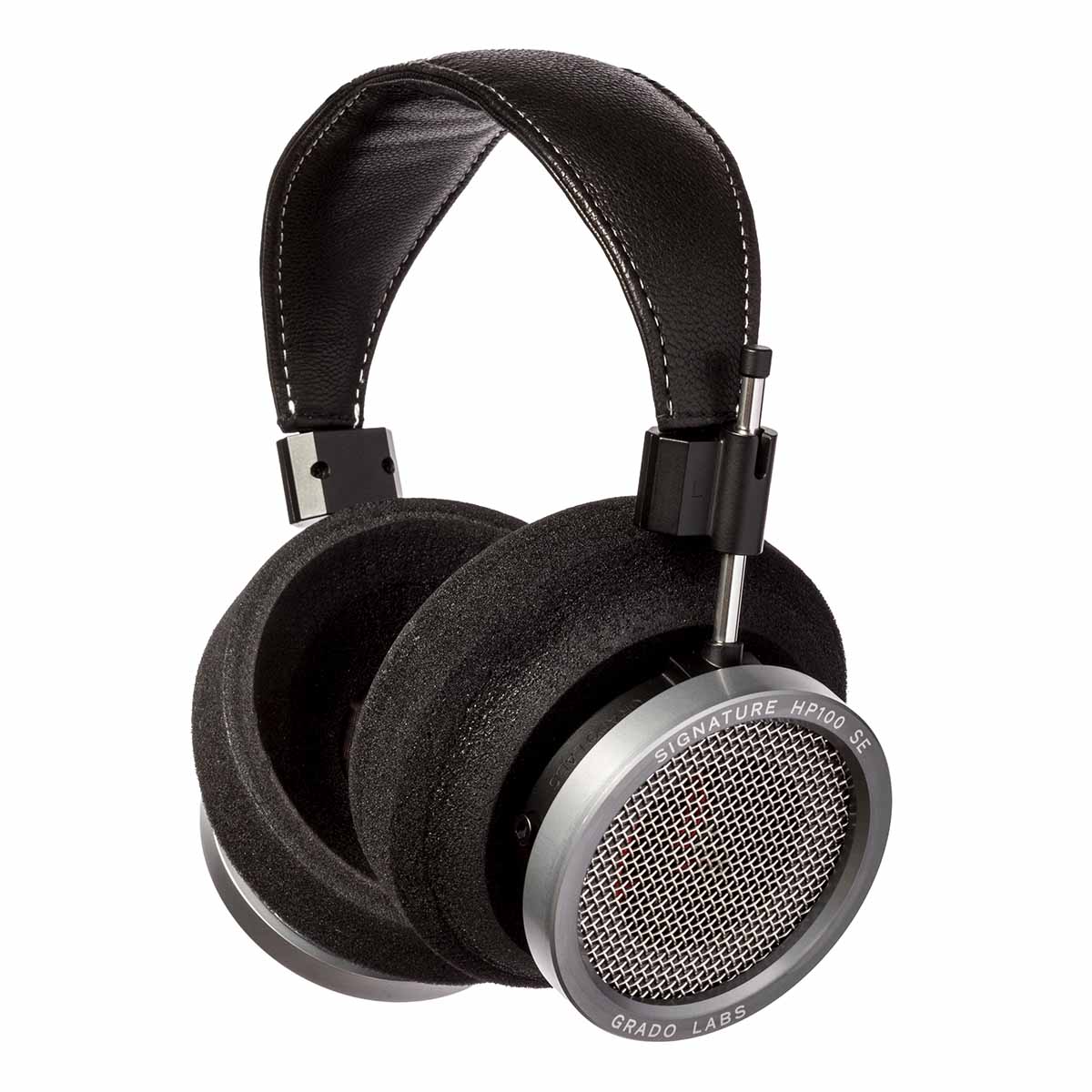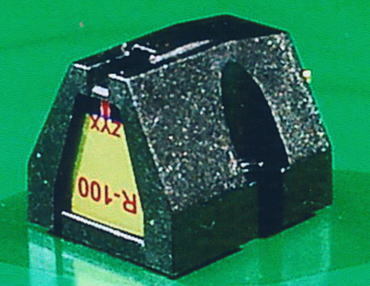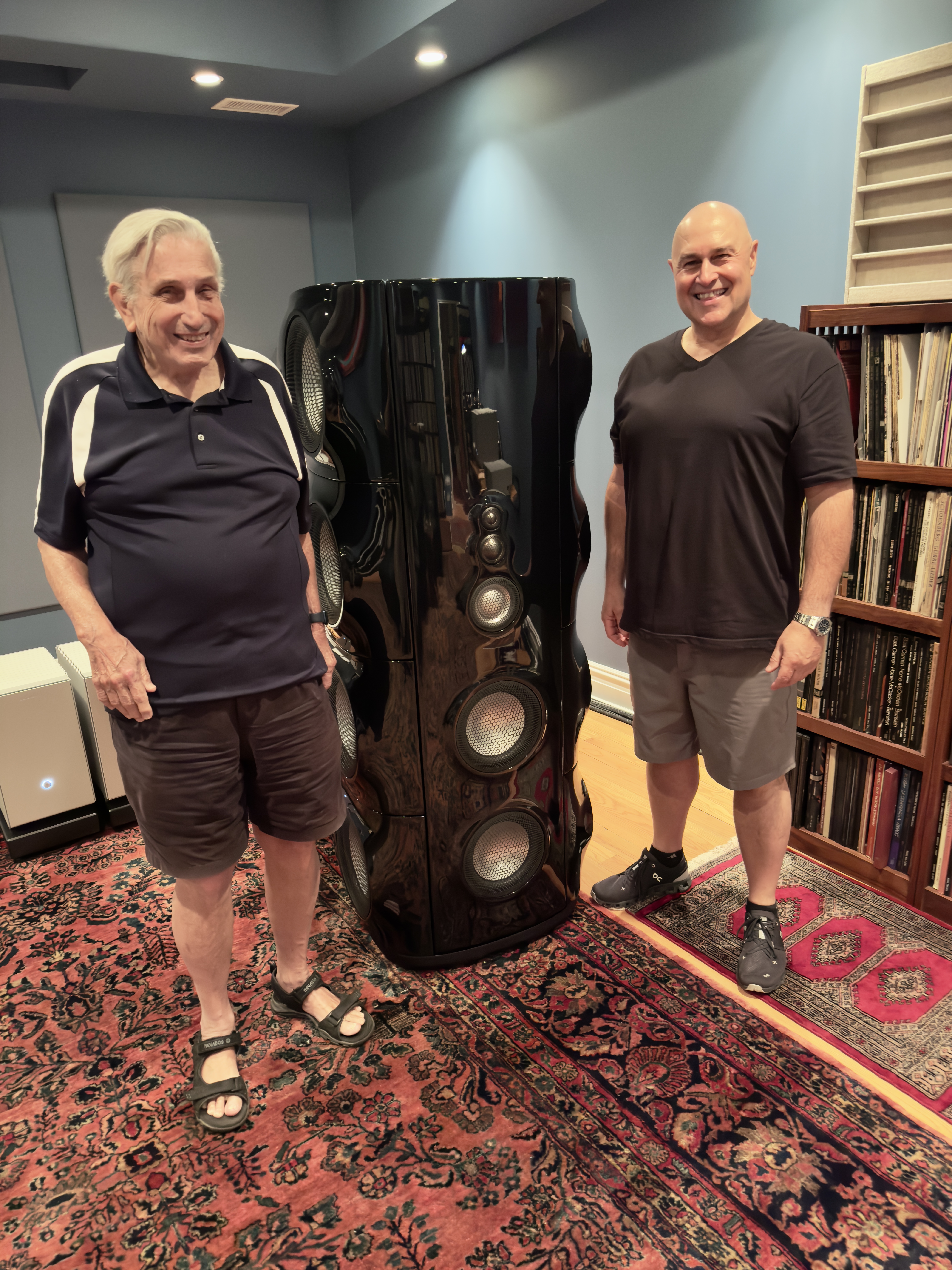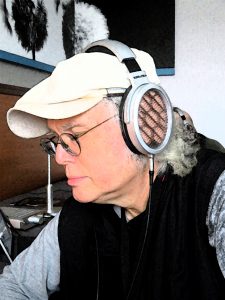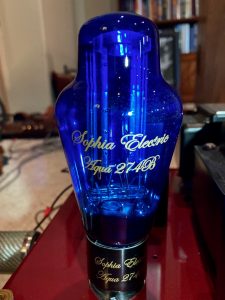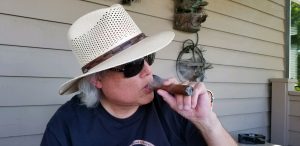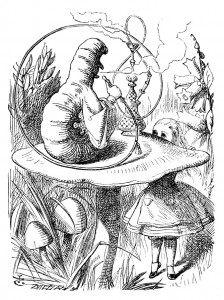Beginning at the end of 2003, PF established its first annual awards for fine audio. The Brutus Award was established for the best that David Robinson and Dave Clark had heard in their own listening rooms during that year. You can think of it as our equivalent of an "Editors' Choice" award.
The Gizmo Award, on the other hand, was established in memory of our very good audio friend, Harvey "Gizmo" Rosenberg, and is given by David Robinson to the most conspicuous audiomaniac(s) of the year. Only one Gizmo is given per year.
The following is an opportunity for our editors and writers to recognize superior merit in the audio arts though their "Writers' Choice Awards". Our writers and reviewers have been given broad leeway to cite excellence in fine audio wherever they find it: products, people, recordings, events, groups, etc., so that our readers can be better informed.
It is our hope that you will find the PF Writers' Choice Awards to be helpful to you in your audio journey.
All the best,
Positive Feedback
Myles B. Astor
Doshi Audio V3.0 Tapestage $15,995
This is hands down the finest tapestage that has passed through here. The Doshi V3.0 tapestage is built like the proverbial tank and Nick Doshi's well thought out design allows interfacing with a wide variety of reel-to-reel tape machines. Even low inductance, low output heads are welcome here. An overbuilt external power supply supplies plenty of headroom (even for one-inch tape) that really comes in handy with some of the new, ultra-dynamic reel-to-reel tapes such as Acoustic Sounds' Lt. Kije. The unit's hallmark? Its ability—in part to its ultralow noise floor and neutrality—to resolve the finest nuances in the music and retrieve instrumental harmonics. The current Rolls Royce of tapestages.
Read more HERE
van den Hul Colibri XGW Stradivarius Moving Coil Cartridge $7995
Leave any preconceptions about the sound of vdh Colibri cartridges—and the Stradivarius in particular—at the listening room door. Properly setup, the Colibri is capable of suspending disbelief more often than almost any other cartridge. In fact, it's the best under $10k cartridge that I've reviewed. Why? The Colibri marries a wonderfully musical, natural and unmechanical midrange with exquisitely delicate yet extended and detailed upper octaves. Voices are oh-so reminiscent of the best of the old Koetsus without their attendant colorations. Throw in a healthy helping of soundstaging and the Colibri Stradivarius is a winner.
Read more HERE
Accessories
VPI Dual Pivot Modification $150
An absolute no brainer for all VPI tonearm owners. The sonic improvements engendered by the latest $150 dual pivot modification belies its modest cost. A bigger sonic improvement in many cases than even a cartridge upgrade. The instructions are clear and concisely written and the update takes minutes to install. The new dual pivot modification totally transforms the arm's sound particularly when it comes to dynamics in the bottom three octaves. Soundstaging is kaleidoscopic. The midrange becomes more fleshed out. This is one modification owners will, especially if uncomfortable with the feel of an unipivot tonearm, rue not doing earlier.
Magico SPOD Feet $2995 (S5 Mk. 2)
These feet markedly add a half, maybe one star to the Magico S5 Mk.2 speaker's rating. (and work with S5 Mk. 1 and 2, Q and V-Series speakers). Truth be told, one could spend far more money on a new component—or cables—and walk away with less of an improvement! Magico's new SPOD feet are based upon the tried and true principle of constrained layer damping and consist of a copper substrate sandwiched between two layers of machined aluminum. A spike screwed into the feet serves to both couple the speakers to the floor to dissipate vibrations and level the speakers. While it takes a couple of days for the sandwich to fully compress under the weight of the speaker, the benefits are heard almost immediately. Much, much tighter bass, transient attack and detail. Increased transparency. Better solidity and imaging. Smoother upper midrange. A winner and worth every penny!
On Stage LP/CD Holder $30
The perfect gift for the (or your) audiophile that has everything! Perfect too for showing off what you're spinning on your favorite social media site or audio forum. Manufactured from 22 gauge steel, the On Stage is heavy and big enough to support both a reel box as well as a couple of records without tipping over. Buy two and give one to an audiobuddy! You'll have made a friend forever!
Music
Reel-to-Reel Tape: Prokofiev: Lt. Kije; Stravinsky: Song of the Nightingale, Fritz Reiner (conductor), Chicago Symphony Orchestra. Producer: Richard Mohr; Engineer: Lewis Layton, Acoustic Sounds/RCA Living Stereo Ultra Tape, 15-ips reel-to-reel tape, recorded 1956/1957. $450
Number six on Sid Marks' all time RCA Living Stereo list (Ultimate Audio, vol.3, no.4, pgs.72-76, 2000) and for good reason. To quote Sid, "From tonal qualities to dynamics, staging and ambience, this beauty has always been among the brightest of stars in the RCA analog heaven." Sid might even after hearing this 15 ips reel-to-reel tape reissue rank this recording even higher. Two of the greatest Russian composers. Two great tales. One of a fake soldier and the other a fake nightingale. Reiner and the CSO at their best and unbelievable sonics some 60 years ago all wrapped up into one.
This tape is a system buster! Word of warning! Play the tape the first time through at lower than normal volume levels. There isn't another tape, LP or CD with greater dynamic range. A very few recordings may equal but none will surpass the feeling of an orchestra playing in your listening room. Oh, those Chicago strings! Buy the Acoustic Sounds remastered LP if you don't own a tape machine!
LP: Winds of War and Peace, Lowell Graham (conductor), National Symphony Winds. Producers: Sheryl Lee Wilson and Lowell Graham; Recording engineers: David A. Wilson, Bruce Leek and Joseph Magee, Acoustic Sounds/Wilson Audio APC 8823. $35
Winds of War and Peace might be Kevin Gray best remastering effort to date. That's saying something too given his impressive resume!
I could never—despite Winds of War and Peace being long time resident of Harry Pearson's Super Disc List—work up any enthusiasm for the original LP release. The original album always had an amorphous and washed out quality. (And I bought several copies at the time just to check out the problem didn't lie with just the one copy.) Not with the Kevin Gray/Acoustic Sounds remastered version! If you like marching band like music a la the old Fennell Mercury classics—and even if you don't—this is a must have recording. While many will get easily hooked on the first cut Liberty Fanfare (and its massive bass drum whacks!), the adventurous will continue onto tracks like Commando Marches, El Camino Real and Symphonic Dances-No. 3. Me? I am waiting with baited breath for the soon to be released Acoustic Sounds 15 ips Ultra Tape release that promises to be an absolute blockbuster!
Gary L. Beard
GIK Impressions Series Acoustic Panels Starting at $55 each
Aside from the fact that they look very cool, the four Impression Series panels I installed with guidance from GIK, improved the sound of my listening space by expanding the stage, lowering ambient noise, controlling first reflections, and tightened bass response. While I've not treated my room as much as I probably should, this "starter pack" made such a significant difference, I can never go back. This is one of the biggest "bang for the buck" upgrades I've encountered.
Read more HERE
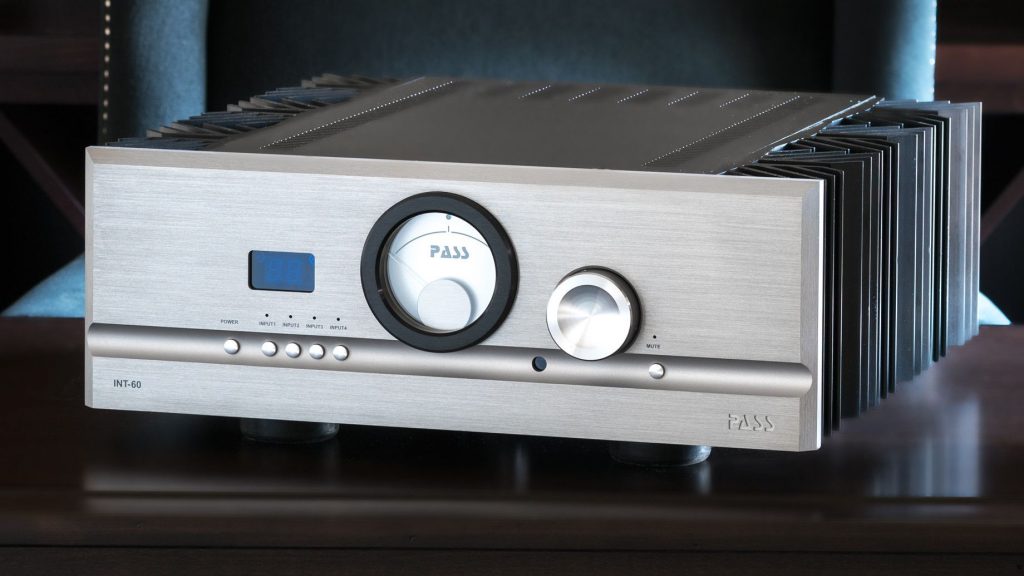
The Pass Labs INT-60 Integrated Amplifier $9000
Yes, I love Pass Labs gear. And Pass Labs has done it yet again with the fantastic INT-60. Since it arrived in the Tune Saloon, I've decided it is the finest audio component I've ever reviewed.
A truly worthy award winner!
Read more HERE
Triode Wire Labs Audio Cable "Loom"
While this award sighting might beat my evaluation to press, I feel compelled to include these TWL cables in my 2017 awards. Peter Grzybowski's power cords, speaker cables, and interconnects are really outstanding. I've enjoyed having these exceptional cables in my listening room so much that I might make Pete drive to Indiana to steal them back. Highly recommended!
Read more HERE
Victor Chavira
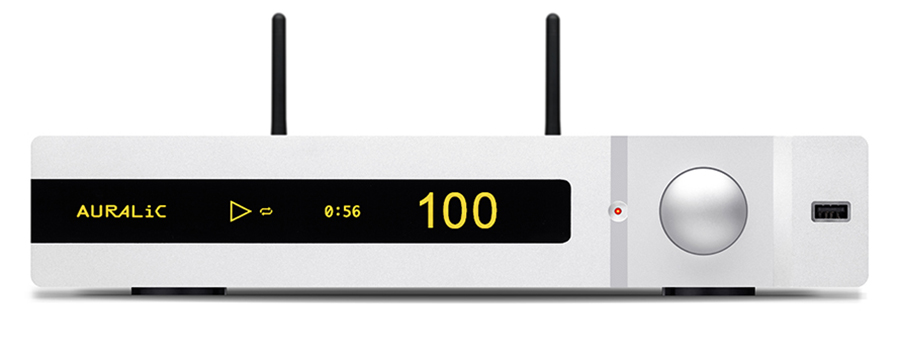
AURALiC Polaris Wireless Streaming Amplifier $2999
My Positive Feedback Writer's Choice Award goes to the AURALiC Polaris wireless streaming amplifier. With its muscular and transparent sound, the 120 watt Polaris compares favorably with solid state stereo power in the $2000-$3000 price range. Fold in fully programmable preamplifier functions, MM phono, wireless streaming, high quality DAC, and the AURALiC Polaris represents an astonishing value. Visitors often stared in disbelief after asking about where the jammin' music was coming from when I pointed to small sleek looking device with the bulbous knob. Polaris is a must audition for integrated owners looking to upgrade or listeners of fine separates wishing to consolidate without sacrificing superb sound. Well done, AURALiC!
Read more HERE
Larry Cox
Pass Labs XP10 $5200 when available.
The XP10 is a remarkable linestage preamp (in production since 2008), even though it is or will be superceded by the XP12 come January 2018. I was unable to nail down the "sound" of the XP10 but able to celebrate what I felt it did well, which was pretty much everything. About all I could nail down was a quiet background capable of rendering velvety softness, sparkling treble - when it's on the recording - and most everything in between. As I settled into listening through the XP10, I heard a broad and welcome increase in "space" for instruments timbre and tone to develop. Poised, but relaxed is maybe the best way to describe it. The bass performance in my system warrants a whole paragraph for description, but this isn't the place for such a discussion. Suffice it to say bass performance was nimble, full and very forthcoming. Really enjoyed the XP10, hard to imagine that its been eclipsed by a different entry level model, albeit at a slightly higher price.
Read more HERE
Bybee internal Quantum Signal Enhancer iQSE $150
A passive device whose ease of application belies its capacity to drop system noise to reveal greater information. While timbre and tone sound richer, iQSEs aren't a coloring device, but a device that lowers the noise floor to reveal that greater richness. After my twenty years of audiophilia, this is one of the best bang for buck ($150/ea) devices I've found.
Read more HERE
Looking to try the relatively inexpensive iQSE as a tweak, my recommendation is to get at least two. Affix them facing each other where the AC plugs into your wall receptacles. I am using rubber bands to hold these in place. Jack Bybee suggests inserting them into your fuse box in and out of your house—my fuse box is temporarily unreachable, so I haven't tried that. Lastly, the description / explanation of how these goodies work sounds like it is out of science fiction, but "spintronics" is a topic of research for physicists since the 1980s and currently hotly pursued by IBM and other scientists. You may scoff at the descriptions of Spintronics and Jack Bybee's explanations; I doubt you'll scoff at their effect.
Fidelizer Nimitra $1395 / Nikola $495
As close to a plug and play computer audio server as you're likely to find. Ease of setup is aided by a thirty day assist from Keetakawee Punpeng from Thailand using the remote access software Teamviewer. The selling point is that with Linn Kazoo or Mconnect Lite you have remote control of your files through the Nimitra. The sound is difficult to describe except to say it's quieter, more linear and both less etched and less bloomy. Although others did not hear a difference with the accessory Nikola linear power supply I and my wife found the Nikola to add a bit of emotional content, in particular I believe the lower midrange is a bit sweeter, perhaps more relaxed when playing HQPlayer transcoded files. My wife literally cried hearing Eva Cassidy singing Fields of Gold.
Read more HERE
Jeff Day
When I received the message from Editors Dave and David that it was time for us Positive Feedback writers to turn in our three Writers Choice Awards for 2017, I reflected back on my year in audio, the products I've written about for Positive Feedback, and my long-term impressions about them.
Having a limited amount of time to write about audio, I choose only to write about audio products that I think have the potential to be truly exceptional, and interesting for you to read about.
That creates a personal drama for me as I down-select to three from a group of high-performance artisanal audio products that I have written about over the year, that each potentially deserve the recognition a Writers Choice Award brings.
I'll first recap my 2017 Positive Feedback review adventures for you, then I'll down select, and tell you who my 2017 Writers Choice Awards will go to.
Lefson of France
Xavier Lefebvre's custom resistors are really something special, and Xavier deserves special recognition for developing a line of ultra-quality resistors with such a lofty level of performance.
In my Positive Feedback Issue 91 review I described the superb results I experienced after installing the Lefson Premium, Supra, and Ultra resistors into the custom crossovers that I built for my vintage Altec A5 Voice of the Theatre loudspeakers adventure.
The Premium (35€), Supra (55€), and Ultra (90€) product lines of Lefson resistors all possess carbon resistive elements, silver leads, silver end caps, and are potted in plastic enclosures, with a level of quality, fit, and finish that is absolutely impeccable.
The Lefson Ultra resistors with their double carbon resistive elements and their gold-coated two-times 0.8mm double-wound pure silver leads get my vote for the finest crossover resistors available on Planet Earth today.
In Lefson, Xavier has created an up-and-coming artisanal audio company that you'll want to keep your eye on. As word gets out more and more, I believe we'll hear a lot more about Xavier's ultra-quality Lefson audio components in the future.
Lefson resistors are available direct from Xavier via the Lefson website. If you have any questions about applications for Lefson products, you can email Xavier directly for guidance.
Acoustic Revive of Japan
Mr. Ken Ishiguro's RPC-1 Power Conditioner, RPT-6 Absolute NCF Power Distributor, and Power Reference TripleC NCF AC Power Cords, are all exceptionally fine products that I reviewed for Positive Feedback this year, and Mr. Ken is certainly deserving of recognition for their superior performance and remarkable build quality.
My Issue 91 review was my fourteenth article about the superb Acoustic Revive products from Mr. Ken Ishiguro, and Mr. Ken still has the ability to surprise me with the quality, creativity, and sheer performance improvements that his designs offer to music and audio enthusiasts.
If you've never had the opportunity to experience how quality AC products like the RPT-6 Absolute NCF Power Distributor ($3975 USD), the Power Reference TripleC NCF AC Power Cords ($5750 USD for a 2-meter power cord), and the RAS-14-TripleC NCF Power Stabilizer ($2025 USD), can improve the quality of your systems' audio and video performance, you're in for quite a treat one of these days!
That's the RAS-14-TripleC NCF on my new Artisan Fidelity Thorens TDA124 Statement Long-Base turntable in the photo above.
In North America, Acoustic Revive products are available from Mr. Joe Cohen of The Lotus Group.
In other parts of the world, please contact Mr. Yoshi Hontani directly for information about availability of Acoustic Revive products in your country.
Duelund Coherent Audio of Denmark
Frederik Carøe's new line of DCA tinned-copper cables are a remarkable accomplishment, and have received critical acclaim around the world for their unique combination of intensity of tone color, dynamic prowess, timbral realism, vivid presence, and a compelling portrayal of beat and tempos, that distinguishes them from copper or silver cables, and makes them immensely satisfying to listen to music with.
The Duelund DCA line of tinned-copper cables are purist versions of vintage tinned-copper cables, and are all made similarly, where the tinned-copper conductors are wrapped in a baked oil-impregnated cotton dielectric to maximize the amount of musicality & sonics that the tinned-copper conductors are capable of.
Frederik started his DCA cable line with the Nuevo vintage-tone DCA16GA tinned-copper cable, patterned after the vintage Western Electric WE16GA cable, and has expanded his DCA tinned-copper line to include other gauges like the DCA20GA, DCA12GA, and DCA26GA.
This variety of DCA tinned-copper wire gauges makes it possible to wire up an entire system with an optimized choice of DCA tinned-copper cables from source to speakers.
In my Issue 92 review of the DCA line of Duelund cables, I said "If you'll take a little time in selecting the best matching Duelund DCA tinned-copper cables for your various connection points ... you'll begin to understand what the guitar and audio guys are talking about with regards to the wonderful tonal characteristics of tinned-copper cables ... Frederik, thank you for resurrecting the magic of tinned-copper in contemporary high-performance audio cables that we can all afford to enjoy, well done!"
One of the most exciting aspects of the Duelund Coherent Audio line of DCA tinned-copper cables is that you get uber performance at an affordable price:
- DCA26GA: The Duelund DCA26GA wire uses 1 strand of 0.40mm diameter tinned-copper wire. Price is approximately $5.50 USD per meter.
- DCA20GA: The Duelund DCA20GA cable uses 26 strands of 0.15mm diameter tinned-copper wires, which you might note is the same count and diameter of conductors contained in the Belden 8402 microphone cable. Price is approximately $6.75 USD per meter.
- DCA16GA: The Duelund DCA16GA cable uses 26 strands of 0.25mm diameter tinned-copper wires, just like the vintage WE16GA wire does, but with a musically and sonically better sounding oil-soaked and baked cotton dielectric. Price is approximately $9.99 USD per meter.
- DCA12GA: The Duelund DCA12GA cable uses 65 strands of 0.25mm diameter tinned-copper wires, and it is a massive cable that is well suited for use as speaker cables. Price is approximately $16.99 USD per meter.
The Duelund DCA tinned-copper cable/wire is available in the UK from HiFi Collective, in North America from Parts ConneXion, and in other parts of Planet Earth by contacting Frederik Carøe at Duelund directly.
Murasakino Musique Analogue of Japan
Mr. Daisuke Asai has created a state-of-art moving-coil phonograph cartridge in the 1.2 Ohm Sumile that is meticulously hand-crafted down to the finest details, and exudes a sense of quality and refinement.
As I said in my Positive Feedback Issue 92 review, "Of the various phono cartridges I've listened to over the years, the Sumile MC phonograph cartridge is my favorite by quite a large margin, and I am very impressed with what designer Mr. Daisuke Asai has accomplished with the Sumile ... I found the Sumile's balance of musicality and sonics to be utterly enchanting, and I found the Sumile to be absolutely thrilling to listen to and explore music with, as such I heartily recommend the Sumile to those who can fit it into their budget!"
Nothing in my experience has excelled like the Sumile does with that important triad of tone, dynamics, and presence that makes recorded music feel 'real' and 'live' in one's listening room.
The Sumile allows a lot of subtle tonal, timbral, and dynamic nuance to emerge that is meaningful from a musical standpoint, making the Sumile particularly satisfying to listen to music with.
The Sumile has an information rich and vivid presence, with great tone color resolution, a high degree of transparency, and with a high degree of dynamic agility that makes beat, tempos, and rhythm feel very 'live', which I found made the Sumile very emotionally engaging and exciting to listen to.
The Sumile has an impressively transparent yet natural sounding presentation, rich in timbral & tonal nuance, with a vivid presence of images on the soundstage, a huge sense of spaciousness in recordings, and a deeply layered soundstage, that made for very immersive and exciting musical performances.
I found the Sumile's balance of musicality and sonics to be utterly enchanting, and I found the Sumile to be absolutely thrilling to listen to and explore music with, as such I heartily recommend the Sumile to those who can fit it into their budget!
The Sumile MC phono cartridge is imported/distributed in North America by Jonathan Halpern at Tone Imports, and is priced at $8500 USD.
For information about getting a Sumile of your own in other parts of the world, please contact exporter Yoshi Hontani directly.
Arai Lab of Japan
Mr. Toshio Arai has done something remarkable in creating the Arai Lab MT-1 step-up transformer (SUT), and he truly deserves recognition for the extreme level of quality and remarkable performance he has achieved with MT-1 SUT.
In my Issue 93 review I described the remarkable performance of the Arai Lab MT-1 SUT when combined with the exotic 1.2 Ohm Murasakino Musique Analogue "Sumile" MC phonograph cartridge.
I said, "If I could afford it, I'd unhesitatingly have an Arai Lab MT-1 SUT for every single moving cartridge I love, but alas, that's a dream, as it's out of my price range! If you're able to fit an Arai Lab MT-1 into your budget for your favorite moving coil phonograph cartridge, I fully expect you will have a very happy future together! Highly recommended!"
Expensive and wonderful, I almost wept when I returned the reviewed Arai Lab MT-1 SUT to Tone Imports. I already miss its presence in my life.
The Arai Lab MT-1 SUT is an ultra-quality and impeccably handmade SUT that is custom designed to get the very best out of your favorite moving coil phonograph cartridge, and correspondingly the pricing of the Arai Lab MT-1 SUT varies depending on the internal impedance of the cartridge it is designed for, as the materials costs and the difficulty of building an MT-1 increase with decreasing impedance of the intended phonograph cartridge.
An Arai Lab MT-1 SUT for cartridges with a 21 Ohm or higher internal impedance is $10,995 USD, for cartridges with internal impedances of 20 Ohms to 11 Ohms an MT-1 is $11,995 USD, for cartridges with 2.1 Ohms to 10 Ohms internal impedance an MT-1 is $12,995 USD, and for cartridges with an internal impedance that is 2 Ohms or lower an MT-1 is $13,995 USD.
In North America, the Arai Lab MT-1 SUT is available from Mr. Jonathan Halpern of Tone Imports on a custom order basis.
In other parts of the world, please contact Mr. Yoshi Hontani at Muson Pro directly for information about ordering an Arai Lab MT-1 SUT of your own.
Sophia Electric of the USA
Richard and Sue's Sophia Electric EL34-ST and Aqua 274B vacuum tubes are a significant accomplishment in their new "ST Blue" line of vacuum tubes, and I am very impressed with the superb balance of musicality of sonics they have achieved.
In my Issue 93 review I described my results using the Sophia Electric™ Aqua 274B rectifier tubes in my vintage McIntosh MC30 monaural amplifiers, and the Sophia Electric™ EL-34-ST power tubes in my trusty Leben CS-600 integrated amplifier.
Both the Sophia Electric™ Aqua 274B rectifier tubes and the Sophia Electric™ EL-34-ST power tubes performed admirably, and Richard and Sue have left them with me on long-term loan so that I could provide you my continued impressions over time as I gain more experience with them.
In my review I said, "I don't know if it's the ST bottle shape, or the noise reducing blue glass, the design & materials of their internal structure, or Richard's prowess in voicing tubes, but the Sophia Electric Aqua 274B rectifiers and the Sophia Electric EL34-ST power tubes are both home runs by Richard, and they are simply superb both musically and sonically."
The Sophia Electric Aqua 274B rectifier tubes are $159.99 USD per tube with a 30-day warranty, and $199.99 USD per tube with a one year warranty.
The Sophia Electric EL34-ST power tubes are priced as follows:
Grade A (top 10%): $125 USD per tube with 30 days warranty, $25 extra for one year warranty.
Grade B (top 25%): $100 USD per tube with 30 days warranty, $25 extra for one year warranty.
You can visit the Sophia Electric website for more information, or contact Richard and Sue directly to make arrangements to purchase Sophia Electric Aqua 274B rectifiers or Sophia Electric EL34-ST power tubes of your own.
¸¸.•*¨*•♫♪ ¸¸.•*¨*•♫♪ ¸¸.•*¨*•♫♪
This year's reviews have yielded an impressive line-up of artisanal audio products, and I can recommend each and every one of them.
Whether it's Xavier's custom Lefson resistors (France), Arai-san's Arai Lab MT-1 SUT (Japan), Richard and Sue's new blue ST Sophia Electric vacuum tubes (USA), Frederik's Duelund Coherent Audio DCA line of tinned-copper cables (Denmark), Asai-san's Murasakino Musique Analogue Sumile MC phono cartridge (Japan), or Mr. Ken's new Acoustic Revive products (Japan), these designers and their artisanal audio products are all worthy of praise and recognition for their accomplishments, and they are living proof that high-performance audio around the world is vibrant and exciting!
So now for the drum roll announcing my three Positive Feedback Writers Choice Awards for 2017!
Wait, wait, I just can't down-select to three Writers Choice Awards for 2017. I pleaded with Editors Dave and David, telling them I was in an impossible place trying to down-select to only three Writers Choice Awards for 2017, as each of these designers and their artisanal audio products I've written about in 2017 are remarkable and deserving of recognition!
After considering my request, Dave and David agreed that this truly was an exceptional group of potential award recipients, and they have permitted me to expand my Writers Choice Awards to six for 2017. Thank you, Dave and David!
Congratulations to Xavier Lefebvre of Lefson, Ken Ishiguro of Acoustic Revive, Frederik Carøe of Duelund Coherent Audio, Daisuke Asai of Murasakino Musique Analogue, Toshio Arai of Arai Lab, and Richard and Sue of Sophia Electric for your 2017 Writers Choice Awards, and thank you for keeping the flame of enthusiast audio burning bright with your impressive accomplishments in the audio arts!
As always, thanks for stopping by to read my writing at Positive Feedback, and may the tone be with you!
Tom Gibbs
Sonore's UltraRendu Streamer with the UpTone Audio $875 and UltraCapTM LPS-1 Linear Power Supply $395
Streaming is the future of computer audio. Anyone who's serious about playback of digital files knows that streaming is essential to achieve the ultimate in effortless, totally transparent playback. Think of it like this: with computer audio, there's no transport, per se; you can have the world's greatest digital-to-analog converter, but you've still gotta have some way to get the music stream to it. In the infancy of computer audio, it was all about just connecting a USB cable to your noise-ridden computer, and in turn, your DAC.
The UltraRendu, in combination with the UpTone LPS-1, have taken the pain away from being forced to have a computer present in the listening room. While at the same time elevating my enjoyment of the music to an astonishingly pleasant level. The Rendu is incredibly simple to set up and get functional, and the LPS-1 supplies a perfectly linear power source. A multitude of streaming options are available, and getting music playing from Roon, Tidal or any DLNA source is a snap.
Everything about the UltraRendu is an upgrade over its predecessor—the microRendu—and the UpTone LPS-1 linear power supply is a perfectionist-built piece of kit at a shockingly meager price point. To my ears, the combo's performance matched or exceeded that of the microRendu used with Sonore's Reference LPS, and at a greatly reduced price in comparison. Each of these units is very highly recommended on their individual merits; as a pair, they're a complete no-brainer—and a tremendous bargain.
Read more HERE
PS Audio's Stellar Gain Cell DAC/Analog Preamplifier $1699
A lot of source components (especially DACs) seem to be appearing that allow direct control of an amplifier; that's always appealed to me, as it seems that doing so would eliminate a host of extraneous electronics from the signal path. In practicality, though, it never seems to me to provide an appropriate level of functionality or the desired level of realism; and in most higher-end audio setups, you'll definitely want the ability to control a variety of sources, whether from analog or digital inputs. And a great analog volume control is a must. My previous system was easily the poster boy for patchworked and poorly designed system control, but the arrival of the PS Audio Stellar Gain Cell DAC/Preamplifier has changed all that!
The GCD's performance as an analog preamp is nothing short of spectacular, whether through balanced or single-ended inputs and outputs. And regardless of which input is selected, the balanced and single-ended outputs are continuously active, so you can always feed a balanced signal to your amps from any source. Volume control with the GCD is also unique in my experience; the unit's output level is completely controlled in the analog domain by a Gain Cell (one for each channel), a proprietary device designed by PS Audio's Paul McGowan in the early 2000's. There are no mechanical elements (along with their potential for serious sonic degradation!) present in the volume controller. The Gain Cell simply varies the gain in response to either a turn of the volume knob on the unit or pressing the volume buttons on the remote. While a radical design departure from the usual, functionally it's not unlike that of any other perfectionist preamp.
Prior to the arrival of the Stellar Gain Cell DAC/Pre, it always seemed to me that I was experiencing slightly less than perfectly pristine playback in my system: with the GCD, everything is completely transparent. In fact, for me, that's its greatest strength: the Stellar Gain Cell DAC allows you to seamlessly, transparently switch between digital or analog sources, increase gain, and make meaningful sound adjustments, all the while calling zero attention to itself. This unit is not merely a DAC with a volume control: it's the ideal analog line preamplifier, and the fact that it includes PS Audio's idea of trickle-down engineering in the form of an affordable, nearly world-class DAC is the icing. At only $1699 for the GCD, you come very close to getting the whole tamale, which tastes a whole lot like PS Audio's DirectStream offerings, and at a greatly reduced price point from those flagship devices. The GCD is a keeper—it comes very highly recommended!
Read more HERE
JCAT USB Isolator $423
I've been using JPLAY as my go-to computer-based music player/streamer for the last couple of years—it's without a doubt the very best bang-for-your-buck improvement for use with any PC music playback system. In my review of the Sonore microRendu earlier this year, I found that music via my PC and JPLAY came darn close to matching the excellence of the Sonore stand-alone streamer. I keep regular contact with Marcin of JPLAY, and when he told me about his new JCAT FEMTO Network Card—designed to install in your PC and go head-to-head with other streamers (like the mR)—I was really stoked, and totally onboard.
Mother nature had other plans; a massive lightning strike at my new home killed my then PC setup (along with a boatload of other computer and audio equipment). My chosen replacement—a laptop—wouldn't work with the new JCAT Network Card, and when I expressed my regret to Marcin, he offered me an alternative: the JCAT USB Isolator. Essentially a galvanic isolation device, the USB Isolator is designed to remove any noise present in the USB signal, using what JCAT touts as “the world's first industrial high speed USB Isolation technology from Intona”. It's a very elegant looking and well-made device, and after warming up with a week or so of non-stop play—I can't argue with the results.
Nothing I've hooked this baby up to hasn't benefitted from its presence in the signal path—even the off-the-charts good Sonore UltraRendu that's currently in my system. The effect isn't subtle—inserting the JCAT USB Isolator results in deeper, blacker backgrounds with zero noise at any volume level; if you're hearing noise during playback, it's in the recording. Worth every penny and highly recommended; my full review will post to PF soon.
Danny Kaey

AURALiC Polaris $2999
How times change. Just a scant ten, fifteen odd years ago—who's counting anyway—the thought of universal serial bus being used for anything more than connecting your printer or your mouse to your PC would have seemed a distant P5 on the list. How times change. Today, USB is practically everywhere, even becoming the mainstream means of delivering audio to your favorite amp and speakers. But wait, there's more. Indeed, leave it up to a small startup, Auralic, to completely change the name of the game by offering up a true all-in-one Swiss army knife of an audio component, ready to do battle in the 21st century. Not only is Polaris a true multimedia hub offering connectivity for MM Phono (!), all of your digital sources, and giving you the ability to stream hi-res wirelessly (!), it also is fully compatible with Roon (or AURALiC's own app, Lightning DS), delighting with a fantastic user experience that's vertically integrated soup to nuts. Only thing missing your pair of speakers. Done. At the recently introduced price point of $3k US, it is now more affordable than ever to own a genuine high-end audio experience. In my book, that deserves this year's Writers Choice Award, hands down. Well done Auralic, A+++!
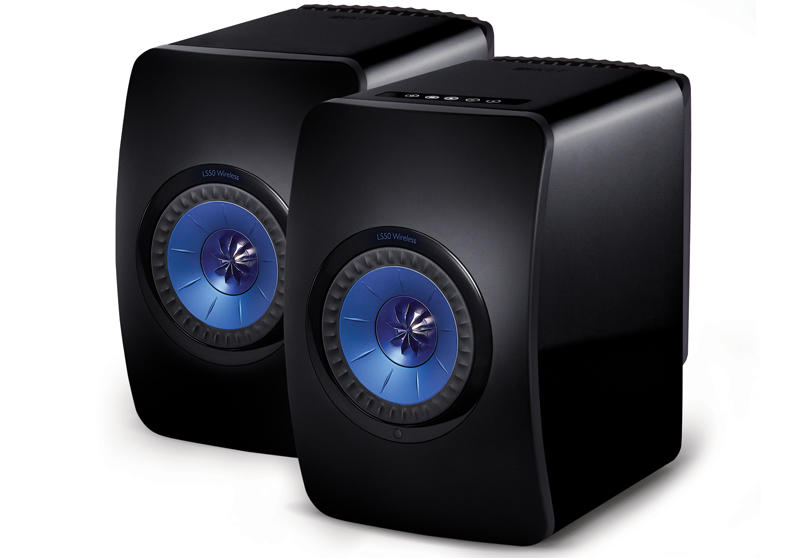
KEF LS50W $2199
Perhaps the most game changing product I have encountered in quite some time, Kef's LS50 Wireless certainly is it. When the ever affable Dipin Sehdev, communications lead for Kef, pinged me just before CES this year to come in for a personal audition and experience, I first didn't think much of it. After all, there isn't a week that goes by that I don't hear from someone about some supposed revolutionary life changing device. Thus, when Dipin gave me a tour of the new LS50 Wireless, my ears perked up. Considerably. Foundationally, this truly is a magical product in ways difficult to quite comprehend at first. First, Kef has done a fantastic job of creating a scalable, upgradeable platform from which to begin with. When I received my pair of LS50W, they offered up great value across the board with fully fledged high-end chops: like AURALiC's Polaris, LS50W is an endgame digital destination capable of acting as silver plate for just about all your analog or digital sources. But wait, there is more. Much more in fact. With several software updates over the year—at zero cost to the customer (think Apple iOS updates that add significant functionality over time)—LS50W has in fact added quite a few more KOs to said endgame: native Tidal? Check. Native Spotify? Check. Native Roon? Check. Since then, LS50W has been fully integrated into chez K and there's no looking back. My office in particular has been transformed into a constant party zone… Exceptional value, A+++!
Read more HERE
KLAudio KD-CLN-LP200 Ultrasonic vinyl cleaner
With 5000 records and growing—crazy sigh!—one item on the list that has become an absolutely indispensable tool is some sort of record cleaning machine. Indeed, for the layman, the thought of cleaning your records may seem a topical conversation at best as quite literally, all your average layman would think of is the topical dirt and dust that each of our cherished records attracts. The part they don't think of, is the gunk, dust and crap that gets deeply entrenched between the grooves. That part is obviously totally invisible to the naked eye unless of you have Superman vision. Sadly, that's precisely the part that also contributes greatly to all the noise, swoosh, tick and tack you so often hear during playback. Old—read, used records—generally suffer this malaise most often; though new virgin vinyl can be affected by the same offense in equal measure. What's a man to do? Well, years ago I went down the road like most everyone else and purchased a perfectly good record cleaning machine: Hannl's Flüsterbär. Even as it did the job well, rumblings started appearing in the force indicating that a newer, much more technological enabled way of cleaning and caring for your vinyl had in fact emerged: ultrasonic fully automated one stop cleaning. Thus, I jumped right in with that one machine that came to market first. Alas, even though my forthcoming review of KLAudio's KD-CLN-LP200 will elaborate more on the failings of said first machine, I have become a convert by necessity so to speak and thusly can only say that KLAudio's ultrasonic cleaner is the single best, highest value add accessory you can possibly add to your vinyl collection. Already well into the one hundredth record cleaned thus far, I am beyond impressed with the dramatically increased cleanliness of my records and the superior sound quality produced. Stay tuned for a full review right here at PF soon!
MySphere 3.1 dynamic headphones
Austria. Land of coffee, cakes, Schnitzel and of course an incredible musical history. When AKG—another Austrian specialty—launched the K1000 headphones in 1988 (!), they quickly gained super status and notoriety as the craziest, perhaps most outside the box developed set of ‘cans the world had ever seen. Mind you, back in those days, there was no CanJam, no Beats, no iPhone and certainly no real headphone market to speak of. Heck, there wasn't even anything .com as the internet was still a few years away. How times have changed since 1988. Personal headphones are the rage, drawing billions of dollars in cumulative sales; high-end headphones costing multiples of thousands are drawing crowds like never before and an ever higher number of new comers are aggressively promoting new features daring to call attention to their latest wares. Said K1000 headphones have long ceased production—I owned two pairs over the years—and even as I have become smitten with several ground breaking designs by Audeze, I always wondered just when AKG would ever resurrect the might K1000. Then, out of nowhere, on Twitter no less, earlier this year I saw a posting from a European colleague mentioning an all new company, MySphere, pre-launching their all new design the MySphere 3.1 dynamic headphones. Shock, gasp, awe! Turns out that the two gentlemen behind the original K1000 decided to leave AKG and form their own bespoke headphone company. Years of research culminated in what can only be referred to as the legitimate successor to the K1000—a pair of headphones so radically different that I eagerly anticipated the official launch at this year's Rocky Mountain Audiofest. To boot, Heinz Renner, the company's chief architect, offered a personal demo of a few pre-production models he had brought along to the show. Suffice is to say that the quirks and bugs of the K1000 had all been eliminated and that MySphere's 3.1 is really all but a very distant relative of the AKGs. An all new design, coupled with the most advanced and innovative dynamic driver produced results that quickly left me stumped. Speed, resolution, soundstage all but impressed me so much so that a formal review is already in the works, though suffice is to say that Heinz Renner and his team have done the unthinkable. Leave it up to the Austrians to yet again turn the headphone world up on its head. No pun intended. A+++!
Steve Lefkowicz
Mostly due to the large amount of gear I had access to this past year, my three choices for a Writer's Choice award for 2017 were difficult to choose and probably require more explanation than would be appropriate in this article. Therefore I will list and describe my three choices here, but will post a lengthy dissertation on how I came about these choices in a column under my and Steve says… heading elsewhere.
Tekton Double Impact Speakers $3000
For speakers this year, my Writer's Choice Award goes to the Tekton Double Impact. Based on a controversial patent that is explained in depth on Tekton's web site, these large, odd-looking boxes use eleven drivers including a seven-driver tweeter array. Six of the seven tweeters are driven at much lower frequencies than expected, and are used as an ultra low mass upper midrange driver (only the center tweeter is driven at higher, top octave frequencies) in a four way system.
They were neither easy to set up nor easy to match up with an amplifier. Also, I do not feel they are showing their full potential in my own system yet (very critical for placement and distance to the wall behind them), though I continue to work on positioning and equipment matching. But having played them in a friend's much larger room I could tell what they were capable of doing, and they are capable of superb sound.
Having originally expected a sound similar to, but larger and more extended than, the Tekton Lore I have been using for the last six years, I came to the realization that their lower cost Pendragon would probably fit that description. The Double Impact is different kettle of fish altogether. Stressing levels of detail, resolution and imaging the likes of which I expect from speakers many times their price, the Double Impacts play on both sides of the line between a "music lovers" speaker and a serious audiophile speaker.
Though fairly high efficiency (rated at 98dB) they are not as easy to drive as other Tekton speakers. My 15 wpc Antique Sound Labs amp (one KT88 per channel) couldn't do them justice, sound dull and lethargic, but both the Burson Timekeeper Virtuoso and Jolida JD1000P drove them beautifully. Yet it isn't about power, as the best they have sounded in my experience was at my friend's house with his First Watt F7 (20 wpc), which bested the Jolida in that room by a large margin. But still, somewhat surprisingly, inexpensive integrated amps from ELAC (EA101EQ-G), Music Hall (a15.3) and Emotiva (TA-100) sounded fine (even if not as good as the higher priced amps), with each amp's characteristics being clearly portrayed. They key being, of course, the better the amplification, the better the sound.
Add in rock solid bass response to about the mid 20 Hz range, and an ability to load the room and immerse you in sweet luxurious sound that makes the best recordings sound their best, without making lesser quality recordings sound harsh or unlistenable, and you have a groundbreaking design, that could really shake things up. These are in many ways the best overall speakers I've ever had in my system, simple as that.
Emotiva BasX TA-100 Integrated Amplifier $399
Yes, I am largely driven by price and value in my search for audio gear to review, write about, or even possess. I have tried several really high quality, low cost and very exciting integrated amps in the past year, and honestly could have given any one of them this award. The Emotiva wins however, based on two deciding factors—price and feature set.
Boasting a host of useful features, including an MM/MC phono stage (certainly better than you might expect with a MM cartridge), a 24/192 capable DAC (with Toslink, coax, and 24/96 USB inputs), and even an FM tuner, along with a traditional Class AB amplifier section (50 wpc into 8 ohms, 90 into 4) The unit gives a newcomer to high quality audio everything they need to set up a proper low-cost/high-value system.
I've used this amp with a variety of speakers. It was an excellent match for both the ELAC Debut B6 and F5 speakers. Certainly did well with the Tekton Lore and of course it was fine paired up with Emotiva's own Airmotiv B1 and BasX S8 subwoofer. Big surprise was how it handled the Double Impacts and even the Magneplaner .7 speakers. Might not be an ideal match, but it worked surprisingly well.
A family friend who came to hang out with us in our exhibit at the LA Audio Show, and who stuck around after hours to try a variety of the lower cost options we had, ended up buying this amp, with its matching CD player, along with the AirmotivB1 speakers and matching sub for her first ever real stereo system. She also added a new Music Hall mmf-1.3 turntable. Every time we speak with her she comments on how much she loves her new system.
And that sums up what this integrated amp is all about.
Pangea Audio Vulcan Racks starting at $99 and LS-300 Speaker Stands $99.95
One of the issues with lower cost audio as I deal with, are the simple things, like racks and stands. Like everything else in high-end audio, equipment racks and speaker stands escalate rapidly in both the claims of what they can do and the price you have to pay. That's great for systems in the higher price points, but for the lower cost systems, it can leave newcomers or even seasoned audiophiles working with smaller budget out in the cold. Pangea Audio (sold through Audio Advisor) has taken up the void with a very nice and effective set of racks and stands at very reasonable prices.
The Vulcan Equipment starts with a basic four-shelf rack for $99. Though the shelves are vinyl-covered particleboard, they look quite nice, and certainly seem sturdy enough. Large diameter metal tubes screw together easily, and have nice adjustable spiked feet. I used two of these racks in my exhibit at the LA Audio, with each having an unsuspended turntable on the top shelf (a Music Hall mmf-2.3SE on one, and a Pro-Ject RPM-1 Carbon on the other) and they both played great even with the powerful bass of the big Tekton Double Impacts. I added an extra shelf to one ($49) and a taller 10-inch extension to one shelf ($29) for a total price of just $280 for both racks. I use these rack at home now (reconfiguring them to one six shelf rack and one three shelf rack) to replace my home built flexi-rack. They work fine (though not appropriate for my Linn LP12 turntable, which remains on its wall mounted Sound Organization stand, as it has for over thirty years) and the unsuspended turntables still function fine on top shelf in my home system. Only issue for some people is that each shelf is only rated for about 40 pounds. So you would have to leave your behemoth tube amps somewhere else.
The all-metal LS-300 speaker stands come in 24, 28, 32 and 36 inch sizes, which should accommodate most typical, stand mounted speakers. I used the 28-inch with ELAC Debut B6 and the 32-inch with Emotiva Airmotiv B1 speakers. Two of the three columns can be filled with sand or lead shot, the third has openings to allow running speaker cable through the leg, though none of my cables were thin or flexible enough to do that. The bottom plates are heavy enough to make the stands stable, and the spikes will poke though most carpets easily. It isn't so much that there is anything special about these stands; but rather it is simply special to see that well-built, properly sized, stable speaker stands can be priced to fit within a reasonably priced system. I even appreciate the fact that all four sizes cost the same. They don't charge extra for an extra few inches of height.
One of my long-term reasons for rarely recommending low cost stand mount speakers is the added cost of the stands. The LS-300 makes it easier to factor in the stands to the price of moderately priced stand-mount speakers. These will be used in my future reviews of speakers when the sizes I have are appropriate.
Robert H. Levi
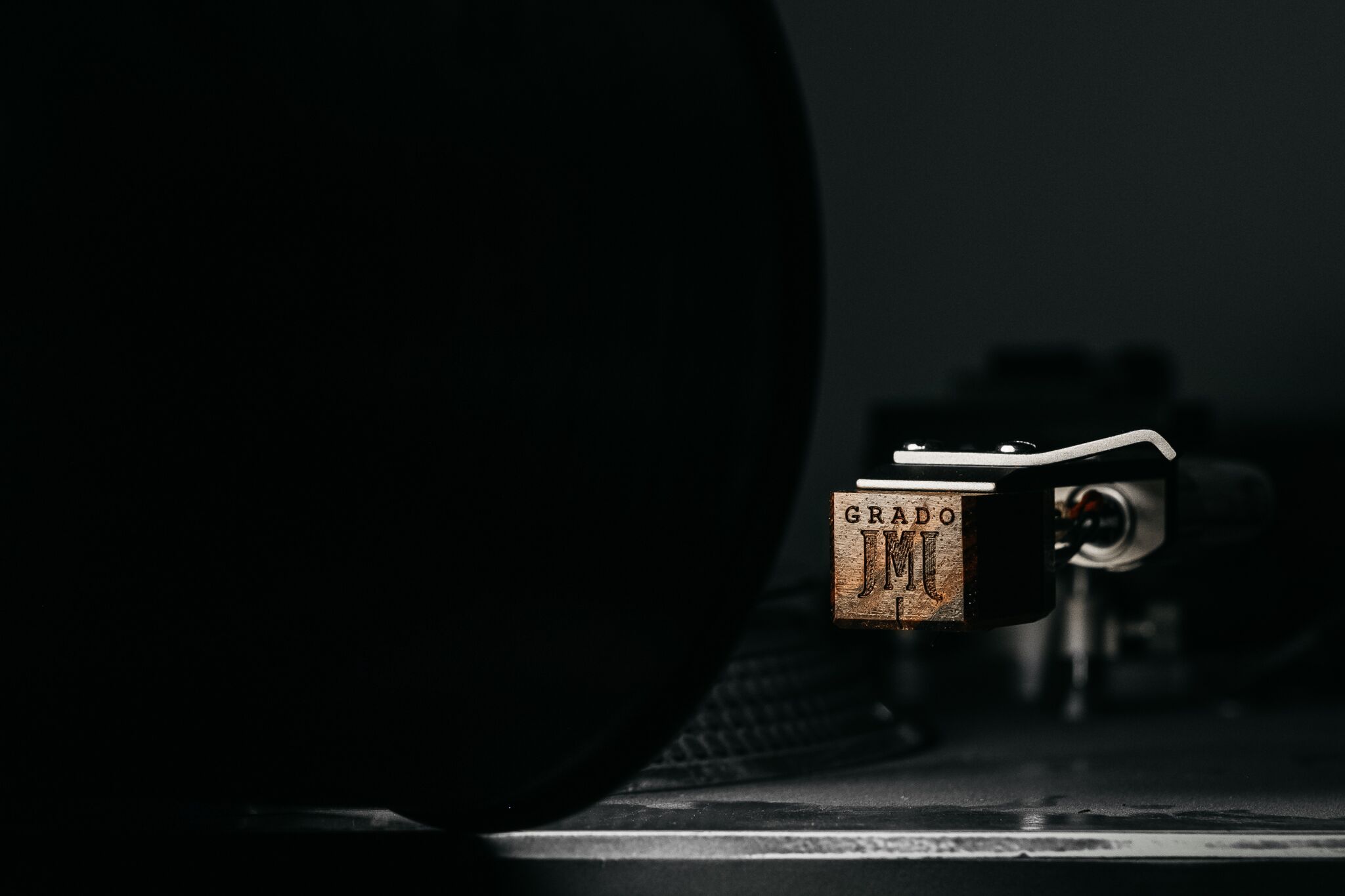
Grado Epoch Phono Cartridge $12,000
Powerful and pricey, but is as good as it gets. I have never heard anything like it in my 55 years of being an audiophile and LP fan. May be your last cartridge purchase it is that good. John Grado has even invented a new stylus shape that dramatically reduces surface noise, used a super dense wood that is almost unobtainable, provided 1MV output, had powerful permanent minute alnico magnets created just for this, and much more. Made in Brooklyn for timely easy servicing, if ever needed. Tonearm choice is not critical, though a Helius Omega works superbly. The Epoch re-creates the performance from the LP recording right in front of your ears. State of the Art!
Read more HERE
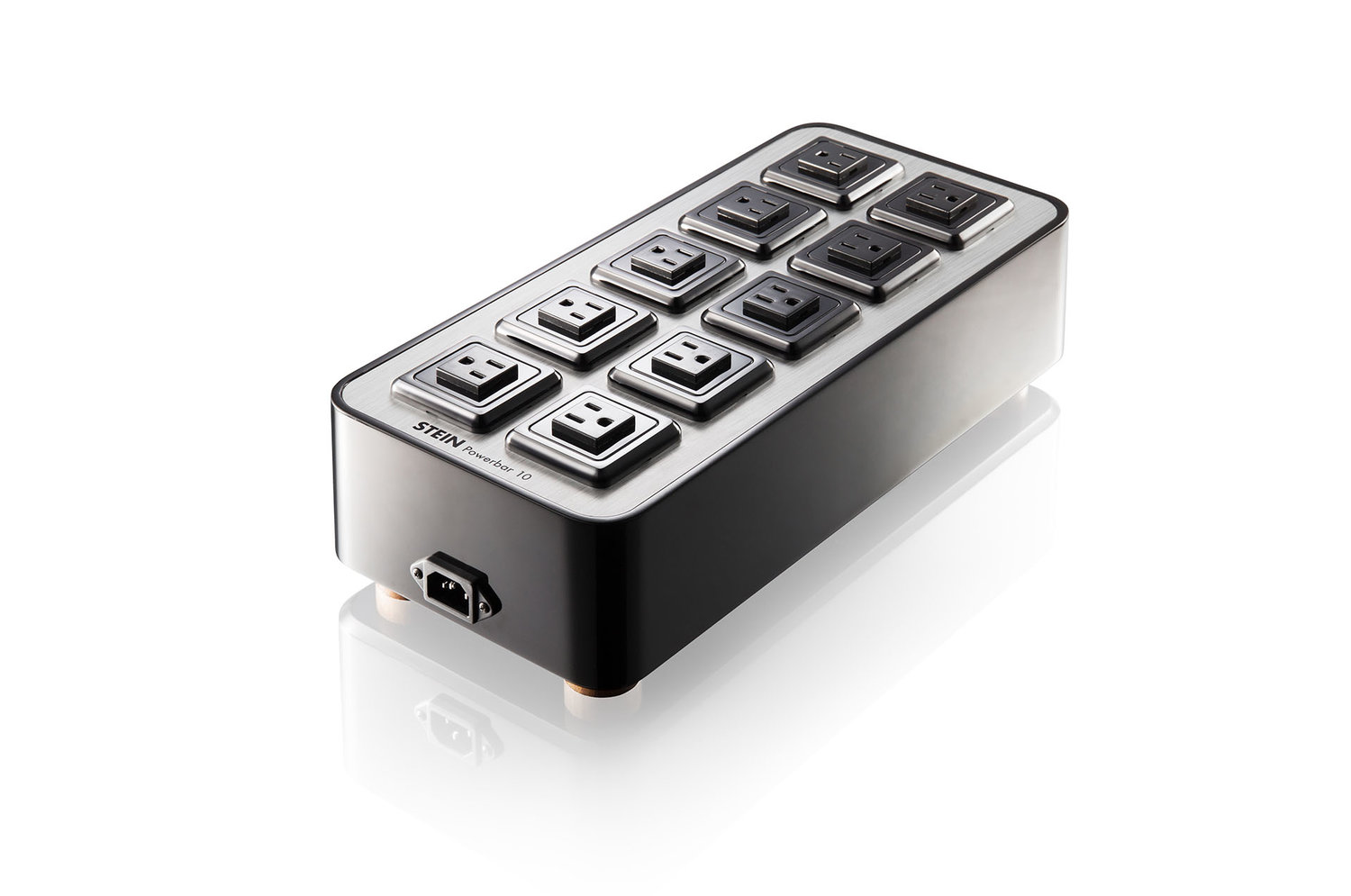
The Stein Music Powerbar 10 Signature (US version) $3500
"With a track record of doing the amazing and, occasionally, the impossible, Stein Music of Germany introduces a power distribution system that works effectively and elegantly in the most sophisticated systems." I said this and I mean it even more now that I have spent another six months enjoying it.The Powerbar 10 Signature is a state of the art audiophile power accessory for top tier system owners searching for the very best. With unique circuitry connecting all 10 outlets to the input, a triple layer grounded proprietary material case, and fit and finish for a King, you will love it on first listen. Extremely open sounding, ultra dynamic, and without any coloration or distortion, the music flows with state of the art beauty and realism. Deserving of this award and then some!
Read more HERE
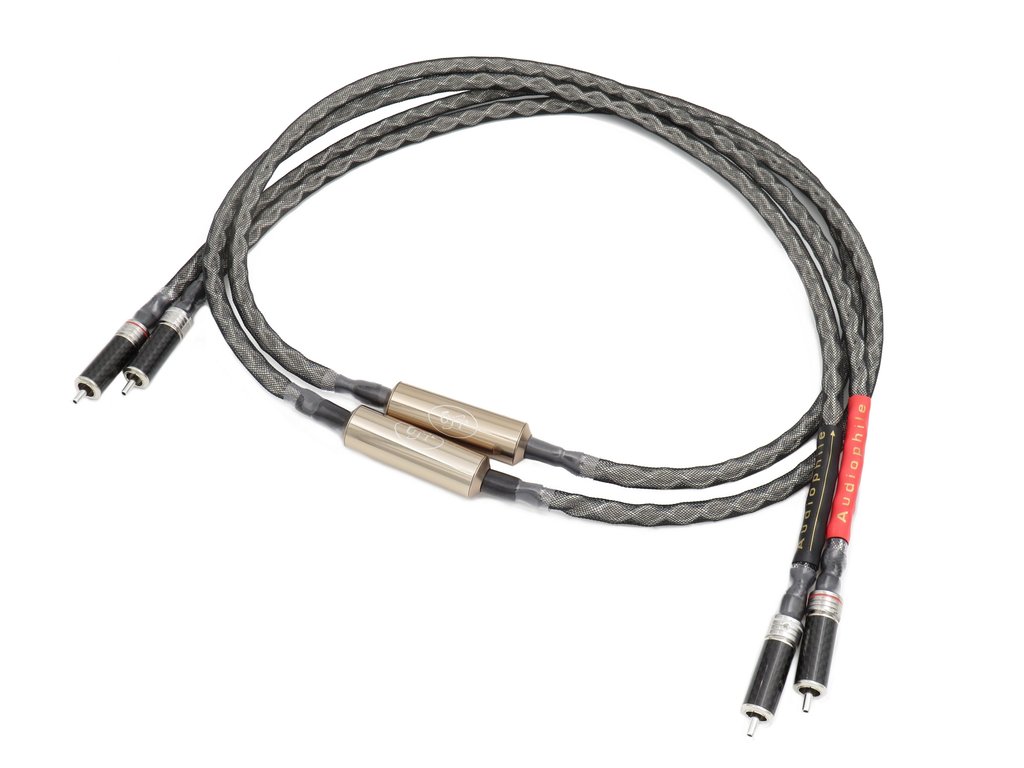
Unique Innovation Technology Perfect Music Purifier (PMP) Interconnect Series $790 for 1.5 meters RCA terminations, $835 for 1.5 meters XLR terminations
These bargain audiophile interconnects will rock your world. They combine a clarity and super low level of any perceivable distortion that one can only imagine in many high-end cables just 5 years ago. At about $750 for 1.5 meters with locking carbon covered RCA's, you get wire that eclipses anything and everything I have ever heard under $2000 per meter. The purity and focus are awesome. Bass definition and crystal clear depth of field are as good as $5000 wires. Overall definition is so outstanding it will have you re-listening to your library. Sold direct with a free return deal, try them adjacent to digital and analog sources first. They will not work as tonearm cables and no speaker wire is available yet. They embarrassed two of my much, much more expensive wire references. UIT is for you and me!
Read more HERE
Brian Moura
PrimeSeat DSD 11.2 MHz Streaming
On Demand & Live Stereo DSD 11.2 MHz Streaming. PrimeSeat & Korg
Last year PrimeSeat won a Positive Feedback Writer's Choice Award for their pioneering work in bringing Live Stereo DSD 5.6 MHz (double rate DSD), DSD 2.8 MHz (single rate DSD) and PCM 24-bit, 96 kHz streaming to the U.S. and Japan markets. The company had been offering this service since late 2015 in Japan and expanded in to the U.S. market with two concert performances in partnership with Blue Coast Records.
In 2017, PrimeSeat worked with their partners at Korg to take PrimeSeat to an even higher plateau by rolling out On-Demand and Live Stereo DSD 11.2 MHz Streaming. The new service was launched on July 4, 2017 to bring to the audio world yet another celebration on America's Independence Day holiday.
PrimeSeat's DSD 11.2 MHz streaming debut that day featured a 90-minute concert: Koopman Conducts Mozart with Ton Koopman conducting the NHK Symphony Orchestra Tokyo with Karl-Heinz Schutz (Flute) and Charlotte Balzereit (Harp). It was recorded by PrimeSeat on May 25, 2017 at Muza Kawasaki Symphony Hall. The concert was available to listeners Free on Demand in DSD 11.2 MHz from PrimeSeat during the period of July 4, 2017 to August 31, 2017
Next up from PrimeSeat was the world's first live concert streamed in DSD 11.2 MHz! It was also available in 5.6 MHz DSD and 24-bit, 96 kHz PCM. The Live DSD 11.2 MHz concert featured the Berlin Philharmonic Orchestra with conductor Marek Yanowski performing "Bruckner: Symphony No. 4 Romantic" and "Pfitzner: Three Preludes from Palestrina". It was broadcast live from Berlin Philharmonic Hall in Germany on Saturday, September 16, 2017 at 1:50am to PrimeSeat listeners in Japan.
PrimeSeat and their partners at Korg have once again met and exceeded expectations. Not only have they brought full On Demand and Live Stereo streaming in DSD 5.6 MHz, DSD 2.8 MHz and 24-bit, 96 kHz PCM quality but they have now extended this to full On Demand and Live Stereo Streaming in DSD 11.2 MHz. The results are quite impressive and something that everyone with an Internet connection and a DSD-capable DAC should try. This next generation of audio streaming clearly merits a Writer's Choice Award to PrimeSeat and Korg.
Read more HERE
Rough & Ready – Jeff Beck Group (SMJI EICP 10005)
Jeff Beck Remastered Hybrid Layer Surround Sound SACDs. Sony Music Japan International
During the months of January and February 2017 famed British Rock Guitarist Jeff Beck launched a tour in Japan. It was a welcome to Japan after his 50th Year in Music was celebrated months earlier in November 2016. In support of the rocker's Japan Tour, Sony Music Japan celebrated with the release of all 5 of his classic albums from the 1970's era.
To make things really special, Project Director Yuichi Nakanishi and Mastering Engineer Mitsuyasu Abe pulled the Original Analog Master Tapes of each album in both Stereo and 4 Channel Surround Sound for transfer and remastering in DSD in anticipation of reissues. The albums were then released in late 2016 and early 2017 as individual Hybrid Layer Surround Sound SACDs in 7-inch cardboard sleeve packaging with posters, liner notes, album art and other mementos from the Beck's 1970's era performances. As Hybrid Layer Surround Sound SACDs, each disc includes SACD Surround Sound, SACD Stereo and CD Stereo tracks using the newly remastered audio.
While two of the albums—Blow by Blow and Jeff Beck Group—had been previously released as Surround Sound SACDs by Sony Music (both albums), Audio Fidelity (Jeff Beck Group) and Analogue Productions (Blow by Blow), this was the first time all 5 had been available in Surround Sound since their original 4 Channel releases in the 1970's.
Given that these master tapes were over 40 years old, some may not have expected much when it comes to sonic quality and dynamic range. Instead what rock fans and high-resolution audio listeners received were 5 Surround Sound SACDs with amazing clarity, excellent sonics and dynamic range and some serious rock music magic. Albums like Rough and Ready by the Jeff Beck Group and Wired, a Beck solo project never sounded better.
To take things up several notches beyond SACD disc playback, I transferred the DSD Stereo and DSD Surround Sound tracks from each album to DSD music files and played them on the Merging Technologies NADAC 8-Channel MC-8 Digital to Analog Converter (DAC). The results were even more dramatic here yielding the kind of power and dynamics that probably haven't been felt since the albums were first recorded.
If you are a rock fan and you have SACD and DSD playback as part of your audio system, especially Surround Sound DSD playback, these 5 Jeff Beck Surround Sound SACDs from Sony Music Japan International are must have additions to your music collection. At $44 to $50 per album they are not cheap. As limited edition SACDs they won't be in print for long. But they are a purchase you will want to make—immediately! A definite Writer's Choice Award Winner for the entire set of 5 Hybrid Surround SACDs in my book.
Read more HERE
Some Other Time (The Lost Session) by Bill Evans (2xHD-Resonance 2xHDRE-1044)
2xHD-Resonance & 2xHD-Storyville Jazz Reissues in DSD 256. 2xHD Mastering, Resonance Records, Storyville Records
In the last few years the audio market has seen rapid growth in the number of DACs that include DSD 256 (also known as Quad DSD and DSD 11.2 MHz) playback. This has encouraged the release of more albums in Stereo and even Surround Sound DSD 256. Given the size of these music tracks, DSD 256 is available only on music downloads.
2xHD Mastering was formed by audio expert and recording and mastering engineer Rene LaFlamme and his partner producer and recording engineer Andre Perry. They initially licensed classic audiophile titles from labels including Proprius and Naxos and released remastered albums in DSD 64 and DSD 128 Stereo. With the increasing interest in DSD 256 titles, which some audio experts say brings you very close to the sound quality of Analog Tape and the even wider dynamic range of DSD 256 recordings, 2xHD upgraded their audio chain and began reissuing albums in DSD 256 as well as the earlier DSD 128 and DSD 64-bit rates.
This year things became really interesting for Jazz fans when 2xHD applied this new system to classic albums from Resonance Records and Storyville Records. Resonance is led by Jazz experts George Klabin and Zev Feldman. Klabin and Feldman have an uncanny ability to find and then reissue rare lost Jazz recordings. Partnering with 2xHD has led to a gold mine of new Analog Master Tape to DSD 256 Stereo releases from the Resonance catalog featuring recordings with Bill Evans, Stan Getz, Jaco Pastorius, Shirley Horn, Sarah Vaughan, and several more.
Storyville Records is one of Europe's top independent Jazz labels. They are known for reissuing fine Jazz recordings from Analog Tape as well. Their partnership with 2xHD has led to Analog to DSD 256 releases of recordings by artists including Louis Armstrong, Duke Ellington, Coleman Hawkins, Les McCann, Ben Webster, Sonny Boy Williamson, and Teddy Wilson.
Interestingly 2xHD's gradual entry into the DSD Download market has led to some download sites only offering their releases in DSD 64 (their first DSD releases) while others sell them in DSD 64 (single rate DSD) and DSD 128 (double rate DSD). This was illustrated at the recent DSD Seminar at the LA Audio Show where some seminar attendees didn't realize that their regular DSD downloads site didn't carry the DSD 256 (quad rate DSD) editions of the 2xHD-Resonance and 2xHD-Storyville releases. (You can find the 2xHD DSD 256 releases at NativeDSD Music and Acoustic Sounds.) For those who do find the DSD 256 editions of these Analog to DSD transfers, you will be richly rewarded with some real Jazz treasures.
Here's hoping that 2xHD, Resonance and Storyville continue their partnership and bring us even more Jazz classics in DSD 256 Stereo. Hearing Bill Evans, Louis Armstrong, Stan Getz, Teddy Wilson, and more in this excellent format is a special treat. And one that certainly deserves a Writer's Choice Award to 2xHD, Resonance and Storyville.
Read more HERE
Marshall Nack
Thales Simplicity II Tonearm $9200
The Thales tonearm is the company's claim to fame. They took the ancient mathematical concept of the Thales' Circle and came up with a design that combines the advantages of a conventional pivoted tonearm and those of a linear tracking pick-up arm.
After I installed the Simplicity II tonearm, records that had never played cleanly were suddenly distortion free. From lead-in to run-off groove—there was no difference—it all played clean and instruments at extreme left/right margins of the stage were full range, dynamic, and clear as those in the center. The lack of distortion was truly remarkable.
The Simplicity II Tonearm was a revelation. And no air pump is required!
Read more HERE
Air Tight Opus Cartridge $15,000
As you go up the line, each Air Tight MC builds on the strengths of the prior, and the Air Tight vision clarifies. Each one moves you further away from the mechanical process of a stylus in a rotating vinyl groove. When you reach the Opus, it's complete. You're no longer contemplating the issues that the stylus encounters. It becomes just you and the music.
I was initially hesitant about mounting one of the most expensive cartridges onto my Kronos Sparta turntable. Would the table be "good enough" for such a cartridge?
Those fears proved unwarranted and I acquired it.
Read more HERE
Bob Neil

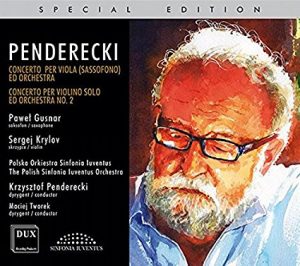
Penderecki, Concerto Doppio for Violin and Cello and Orchestra; Concerto for Piano and Orchestra, Concerto for Trumpet and Orchestra. Polish Symphony Juventus (Youth) Orchestra, Krzysztof Penderecki, director. Dux 1344.
Penderecki, Concerto for Saxophone and Orchestra; Concerto for Violin Solo and Orchestra No.2.Polish Symphony Juventus (Youth) Orchestra, Krzysztof Penderecki, director. Dux 1345.
My nominee for the world's greatest contemporary composer marches on, here at the age of 84, without a sign of having lost a feather from his wings. All of this music is powerful, passionate, eloquent, and modern with an Eastern European heart. And in this continuing Special Edition from the Polish label Dux, it features a youth ("the Juventus") orchestra made up of the "most talented under thirty students and graduates of art schools" led by the composer. I've been listening to this series as it's come out and never noticed that a good many feature the "Juventus" orchestra. What an extraordinary tribute to music education in Poland, or at least Eastern Europe. The orchestra has been existence since 2008, has performed with scores of major conductors. (http://sinfoniaiuventus.pl/en
Read more HERE

Ian Bostridge, Julius Drake. Songs by Schubert -3- Wigmore Hall Live WHLive 0088.
English tenor Ian Bostridge is a fine tenor, one of the best (and most acclaimed) we have. His musical home is the exact center of the tenor range, which enables him to wring emotion from Schubert that some tenors more comfortable above or below him can miss, or at least shortchange. Coming to him from baritone Matthias Goerne (I know not a tenor so not an entirely apt comparison but he's the most recent singer of Schubert in my head), for example, we are immediately aware of a more nimble and poignant Schubert. And the seemingly ubiquitous pianist Julius Drake is his natural partner. Goerne gives us a weightier, broodier Schubert, who can seem almost monumental. Goerne's Schubert is darker, Bostridge's more eloquent. It is obviously a tribute to the composer that his music can reach us as powerfully in either tonality. Bostridge has been singing Schubert (he has also taught him at Oxford and written a book about him) all of his professional life. But in this 2014 'live' recital at Wigmore Hall, his voice sounds richer and more mature than I remember it.
This is as beautiful as I've ever heard Schubert.
Read more HERE
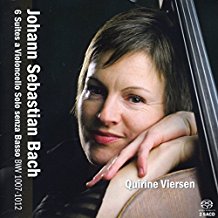
Johann Sebastian Bach. 6 Suites for Cello. Quirine Viersen, cello. Globe GLO 5244. (2 SACD's)
As with her striking recording of the Britten Cello Suites, Dutch cellist Quirine Viersen's Bach Suites have the feel of a personal performance. Not at all idiosyncratic but flowing from the mind of an individual's encounter with the composer rather than from even a perfect reading of a score. We feel we are in the presence of a musician who is herself in the presence of the composer. Pinning this down, I'm sure some of it has something to do with phrasing and pace, pauses, inflections. To repeat, Viersen's Bach does not feel idiosyncratic, eccentric: she has not taken this music away from the composer in order to make a highly individual statement, to put her personal stamp on it. It is rather that we feel a specific musician, not some external model or standard definitive ideal, is in control here.
To play Bach this way and as persuasively as this, you must have been around this music for a long time, to have become supremely comfortable with it, and to have built up great self-confidence. (She tells us she met this music at age nine.) Where her understanding of Bach seems most noticeable is in the sarabands, which are uniquely thoughtful. We also hear her in the minuets, which are less dancelike than we are used to. We know that these suites are technically dance suites, something Veirsen reminds us of in her album notes; but with her they are...less so. It is as if she feels that Bach uses dance form as a foundation so he can move beyond them without losing the ground beneath, so to speak. And so she goes with him and then feels inspired by him to risk going further, higher.
Viersen's Bach is not especially lyrical nor is it monumental. It is expressive. Daringly and brilliantly so. She does not revere the great composer, she appears to know and love him.
Amateur reviewers are not encouraged to proclaim 'bests' but we are free to choose favorites. Quirine Viersen's performance of the Bach Cello Suites has become my favorite. Having heard her Britten recording, I did not expect to be surprised. But I was.
Read more HERE
Mark Pearson
VPI Avenger Turntable Starting at $10,000
My vote for product of the year goes to the VPI Avenger turntable. The version of the Avenger that I reviewed was the entry level model in the Avenger lineup. The basic Avenger is beautiful in both design and build. And none of that would matter if it didn't sound special, but the Avenger delivers the goods. The basic Avenger package was $10,000, but you can spend more on just a tonearm and not get the sound quality you will obtain from the Avenger. The stock arm on the Avenger is really good and is neutral enough that you will quickly hear the differences when you swap cartridges. This is a very quiet table which helps contribute to the dynamic range which can be stunning given LPs that are up to the task.
Read more HERE
Gregory Petan
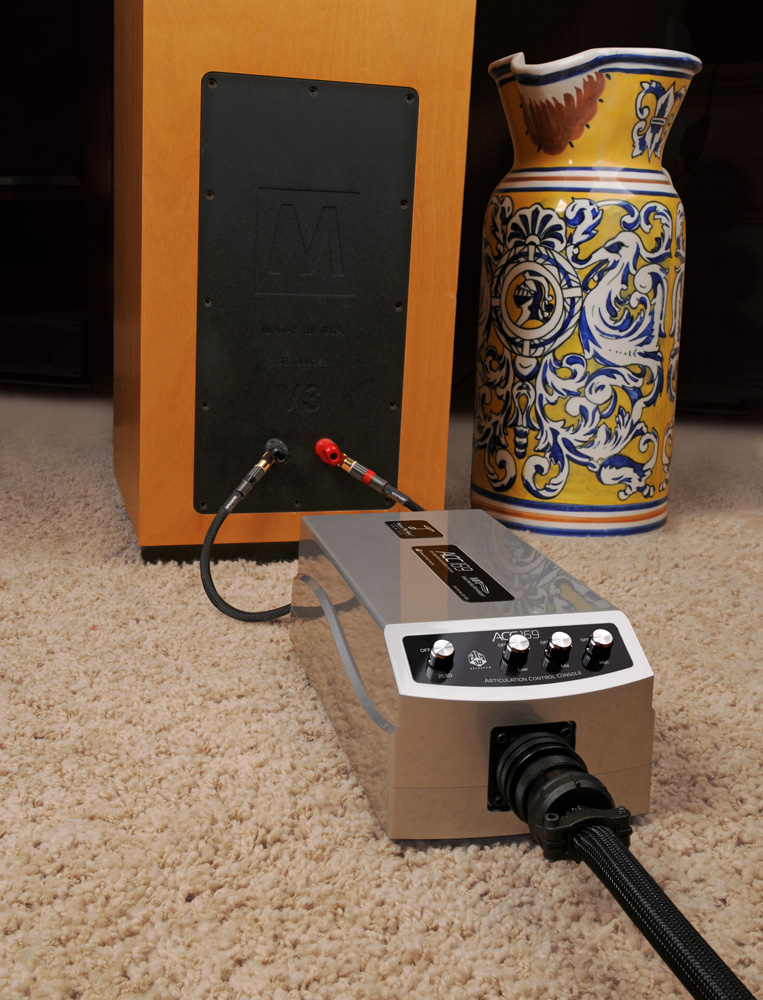
Music Interface Technologies ACC169 Speaker Interface $44,999 8ft. pair and Oracle MA-X SHD XLR Interconnects $21,999 2 meter pair
If your systems components and speakers are worthy of the best interface, then the MIT ACC169 will take you places musically you would not have though possible.
Combining the often contradictory qualities of speed, resolution and the ability to render tonal color, texture, impact and the sheer weight and presence of the real thing, these products are really components that are as important to achieving sonic realism as any other element in the system.
I have yet to hear products in this class pull off this trick. Truly a no compromise, no apology product that never leaves me wanting for more. Couple this to its user adjustability for system matching and you have the makings of a final destination product.
Read more HERE
Dean Seislove
The Gold Note Mediterraneo Turntable $6700 and Gold Note PH-10 Phono Stage $1390
The Mediterraneo turntable and PH-10 phono stage are both visually exquisite, superb sounding products from the Italian manufacturer, Gold Note. The PH-10 phono stage offers a host of useful features, looks like a million Euros, and is very competitively priced at $1390. The Mediterraneo turntable, in turn, offers a sumptuous Italian Walnut plinth, a high precision 45mm platter made of Sustarin, and a 1 -Volt Swiss made synchronous motor, retailing for $6700, arm included.
Which would all mean next to nothing if the Gold Note system was merely eye-catching and not pleasing to the ear. Fortunately, the Mediterraneo turntable and PH-10 phono stage deliver a thoroughly enjoyable and emotionally satisfying music experience. A full review is forthcoming, but know for now that the captivating Gold Note system produces music with loveliness, detail, and depth. Definitely the discovery of 2017, and I'm sure that many others will agree, once they hear this combination for themselves.
Robert Youman
Synergistic Research PowerCell 12 UEF SE Power Conditioner $6495
When my audiophile buddies ask me for recommendations to help improve their system, it is typically about some specific component. Usually they are all excited about the latest rave review for an amplifier, preamplifier, DAC, cabling or even speakers. Rarely do they look at the big picture. The focus is consistently short term and limited.
These days, my first thought is to redirect their priorities and recommend the Synergistic Research PowerCell 12 UEF SE power conditioner as a first step. In most cases, these have been decisive and unequivocal recommendations based on my past experience with the PowerCell 12 and a variety of systems. Those who have followed my advice have been very pleased.
I have considerable experience with power conditioners over the years, and yes they do have some impact. Until the PowerCell 12, my typical gut reaction was that the sound was invariably "different" but not "better". In most cases, the end result was performance that could be slightly throttled or truncated in some way. Pace, rhythm and timing (PRAT) was almost always impacted and not for the better.
With the PowerCell 12, all ships rise with the tide. Yes, we have superior levels of isolation which results in an impressive reduction in the noise floor, but all the excitement and dynamic contrast of the recording as originally intended is now laid out for all to hear. In terms of providing clean power, every component in the system has now been maximized for it's best performance and the results have been very clear.
Before spending one dollar on any other upgrade, I highly recommend auditioning the PowerCell 12. This product has made more overall positive impact on my system than any other component over the last several years! Please see my review for additional information about the cutting edge design and the outstanding sound.
Read more HERE
Addendum
David Williamson
David Williamson’s PF Writers’ Choice Awards are taken from part one of his major review of the Pear Audio Blue Little John turnable/Cornet 1 tonearm/Hana SH (Shibata High output) MC cartridge. This included his high praise of his ModWright KWI 200 Integrated Amplifier (yes, he bought it) and the Daedalus Audio DiD Isolation Feet.
…I say all this by way of attempting to explain how I felt upon first hearing this Pear Audio Blue turntable in action. It felt like walking into my house the first time after signing the purchase documents. In a moment, in a split-second it became "home." In a similar fashion, once the needle of the Hana SH (Shibata High output) Phono Cartridge made contact with the 180 gram deliciousness of the album and "Airbag" came spilling out of my speakers, I knew I was home.
As for the KWI 200 Integrated Power Amplifier from great folks up North at ModWright Instruments, well, this punched my "easy" button like few other audio devices have. Weighing in at 55lbs, this behemoth of simplicity anchors the bottom shelf of the CMS rack with all the grace and elegance one would expect from a top-flight component. This is the kind of amplifier I had been lusting after, ever since I begun my descent into the dark audio arts. This juggernaut of sound amplification has blessed my audio ecosystem for the past eleven months as well, and in that time, I've had the pleasure of watching jaws repeatedly drop at its might. Probably my favorite comment from a listener was when a close friend, listening to my setup with the KWI 200 in it for the first time, sat through the vicious stomp of Depeche Mode's "Personal Jesus" and promptly stated "Oh, you've got serious now have you?" Yes indeed, absolutely bloody serious.
This is the "Embarrassment of Riches" award. Daedalus Audio and ModWright Instruments, come on down! Do you know how much isolation is "enough" for your components? When I was gifted the use of the CMS component rack by the man behind the curtain (Dr. D!) I expected to experience a stillness that impacted not just the sound coming forth from my speakers, but a stillness that impacted my hearing and breathing and my heart. Overdramatic, sure, but the eighteen thousand layers (hyperbole) of isolation materials residing in each shelf brought with it serious expectations. And assuredly it delivered. However…the impact was not precisely what I expected, and that lack of expected impact can be laid solely at the feet of Daedalus Audio's Daedalus Isolation Devices. I've had the pleasure of integrating these devices into my audio listening chain for the past eleven months and their impact on vibration has been nothing short of game changing.
To be frank, I had despaired of bringing this turntable into my house, as the only suitable location for it to reside in is a high-traffic area where my two young boys stomp, tromp and bounce through their daily lives like a herd of rampaging rhinoceroses. The CMS Grandmaster Black rack does offer me quite a bit of security and peace of mind regarding the House of Pain style antics my boys display daily. On the sound and isolation front however, I'd be hard pressed to single out a quantifiable improvement that the addition of the CMS rack brought over the already impressive gains in resonance dampening I've enjoyed with the DiD's from Daedalus Audio. Yes, yes, they're that good. That good looking, that good of a design (simplicity on point!), that good period.
Read more HERE




